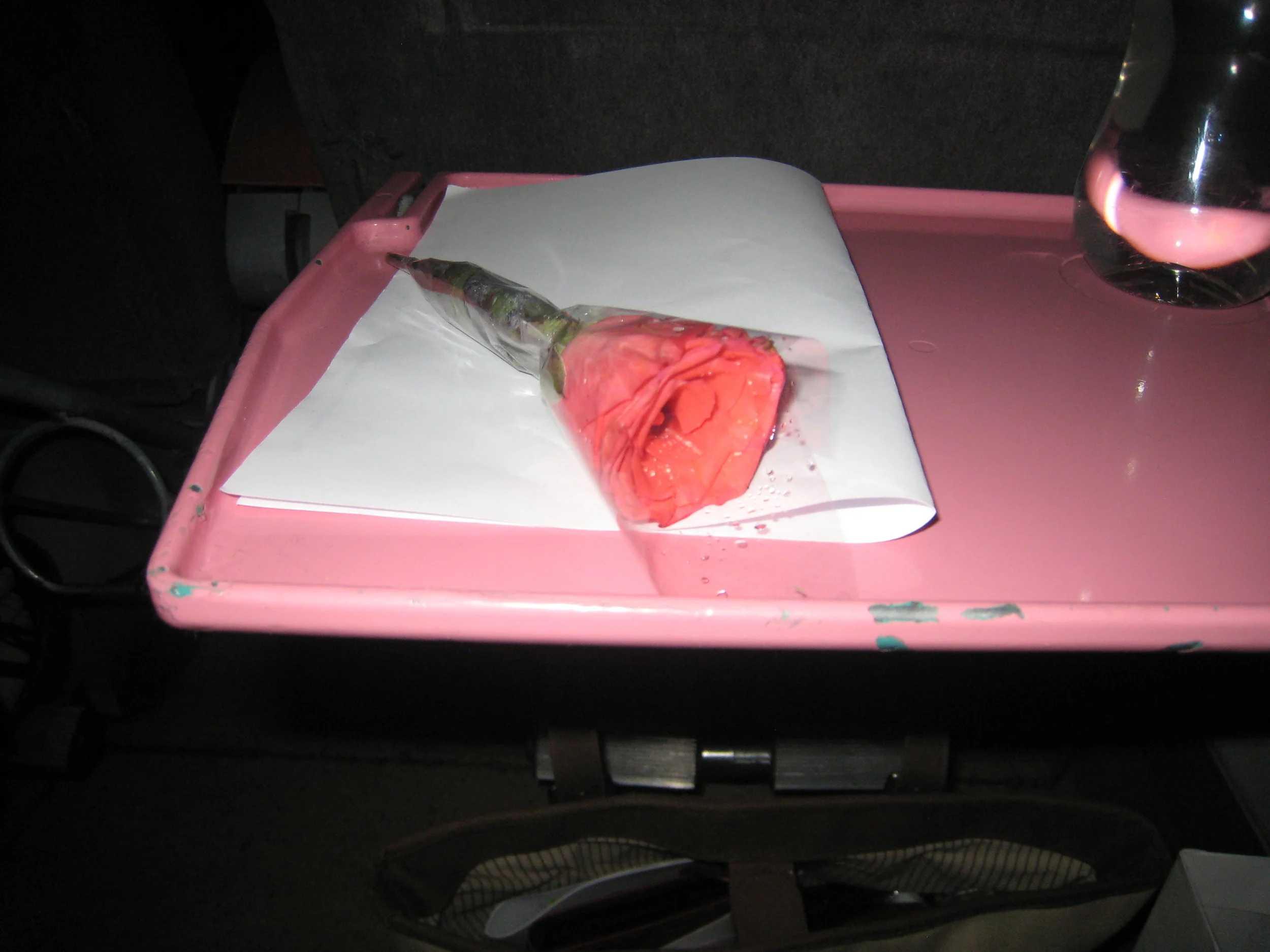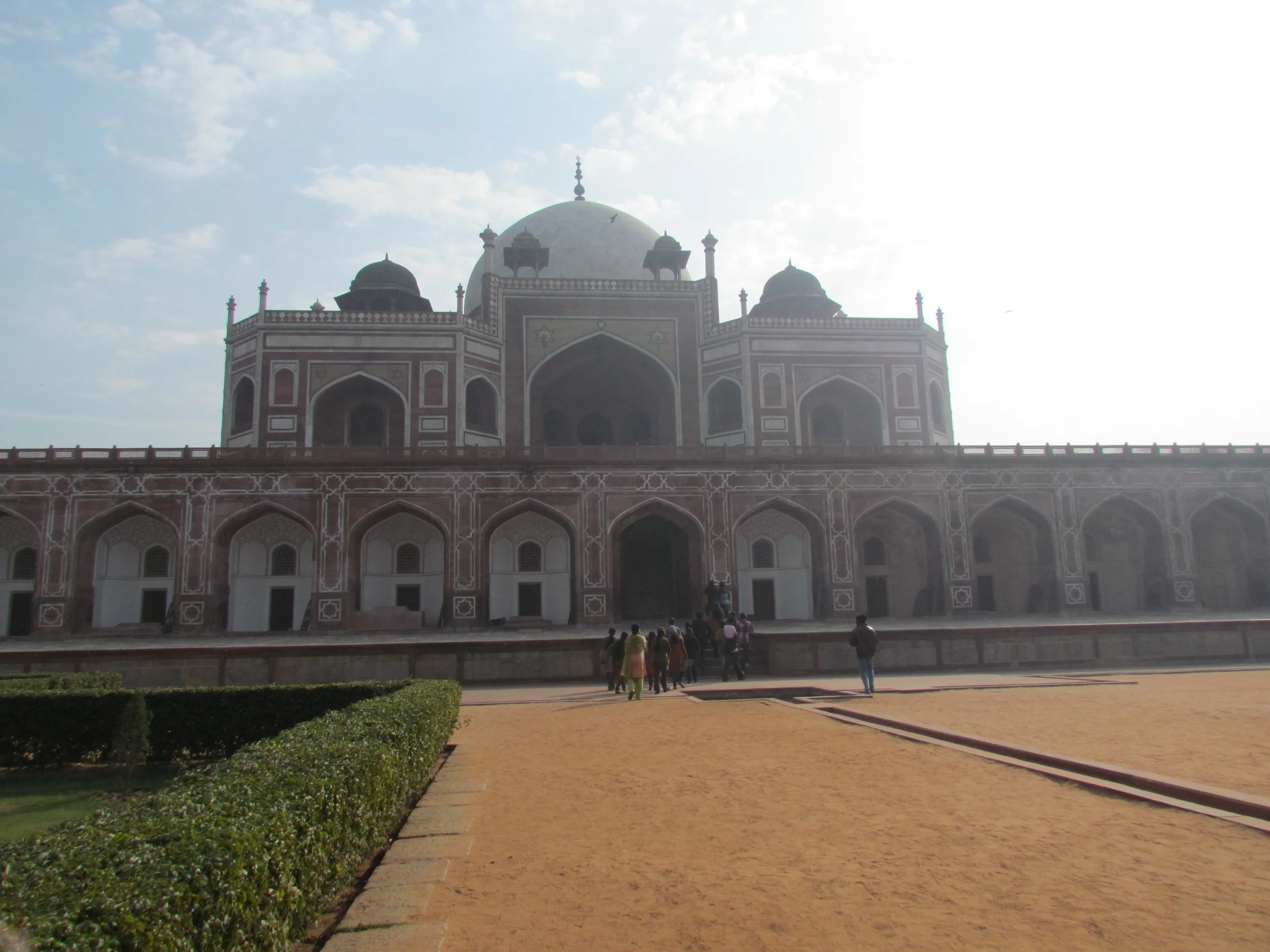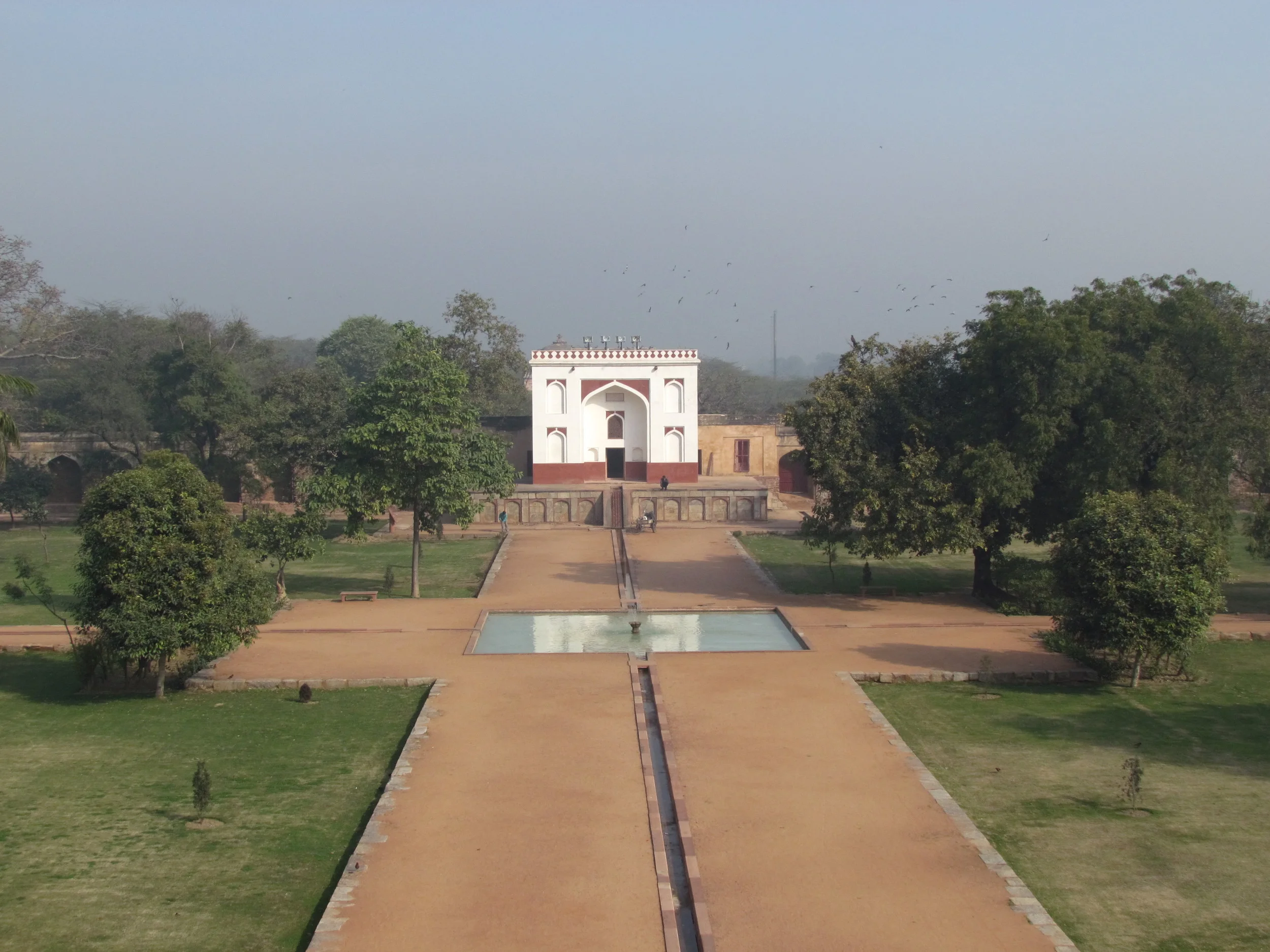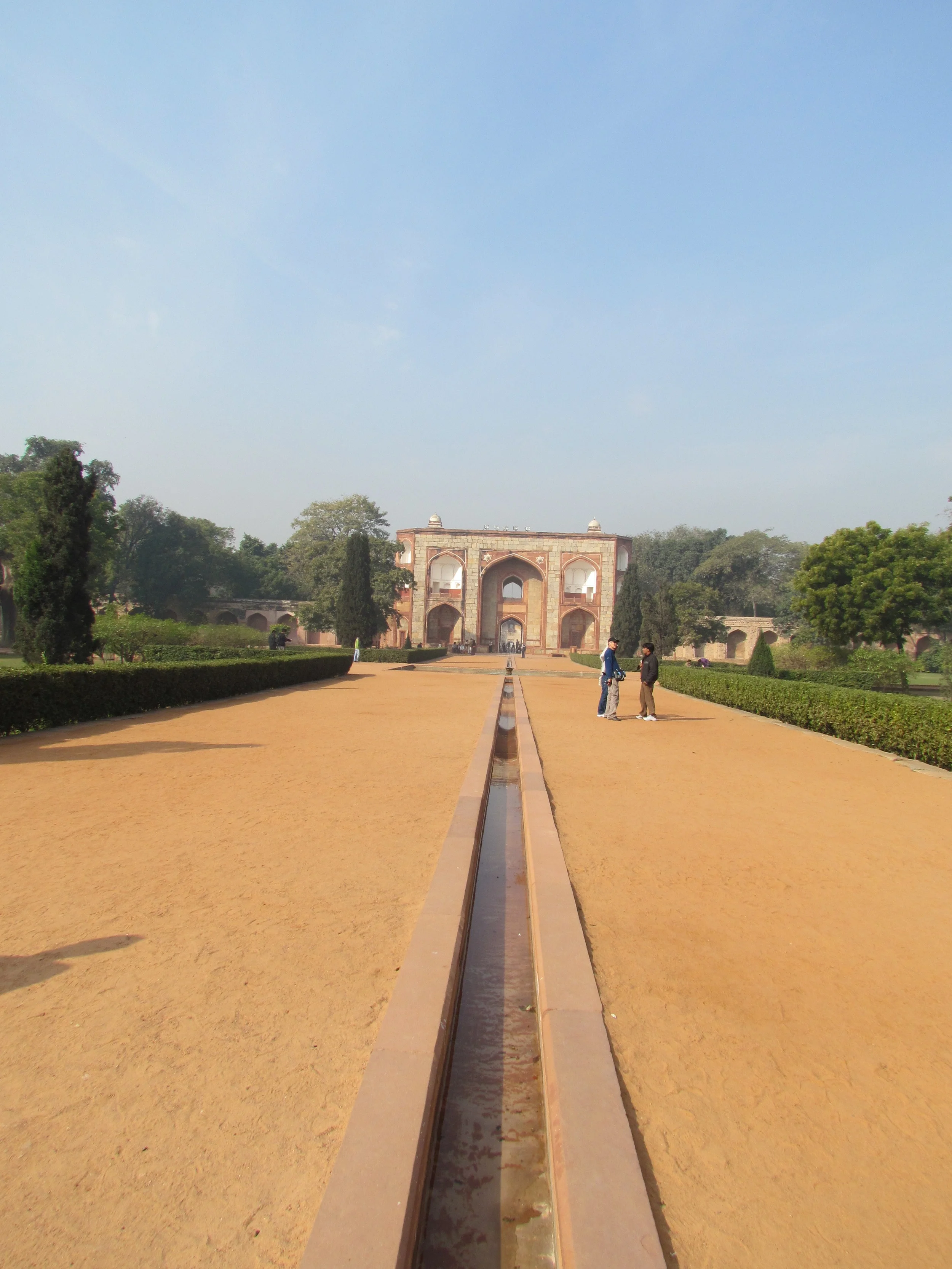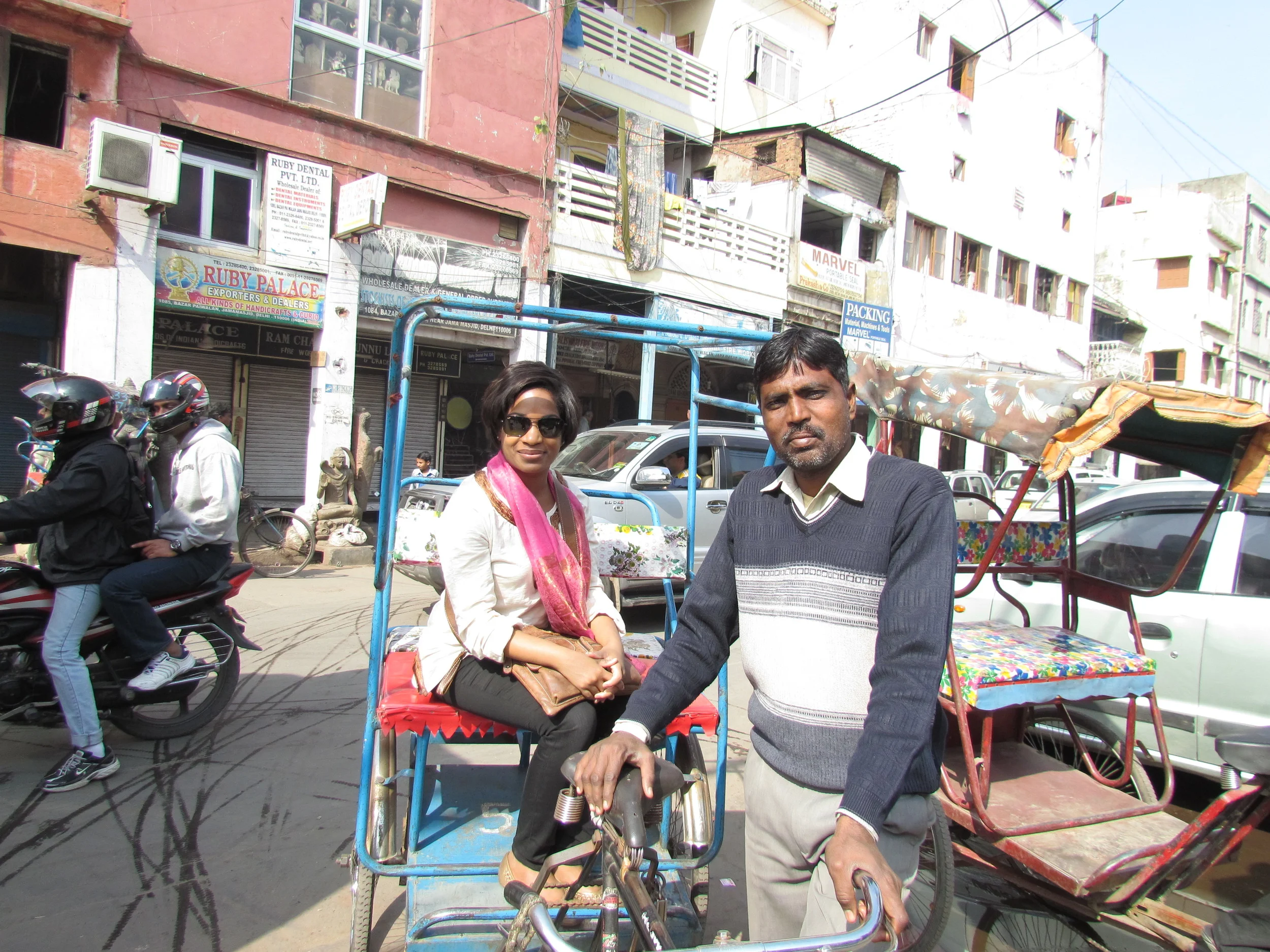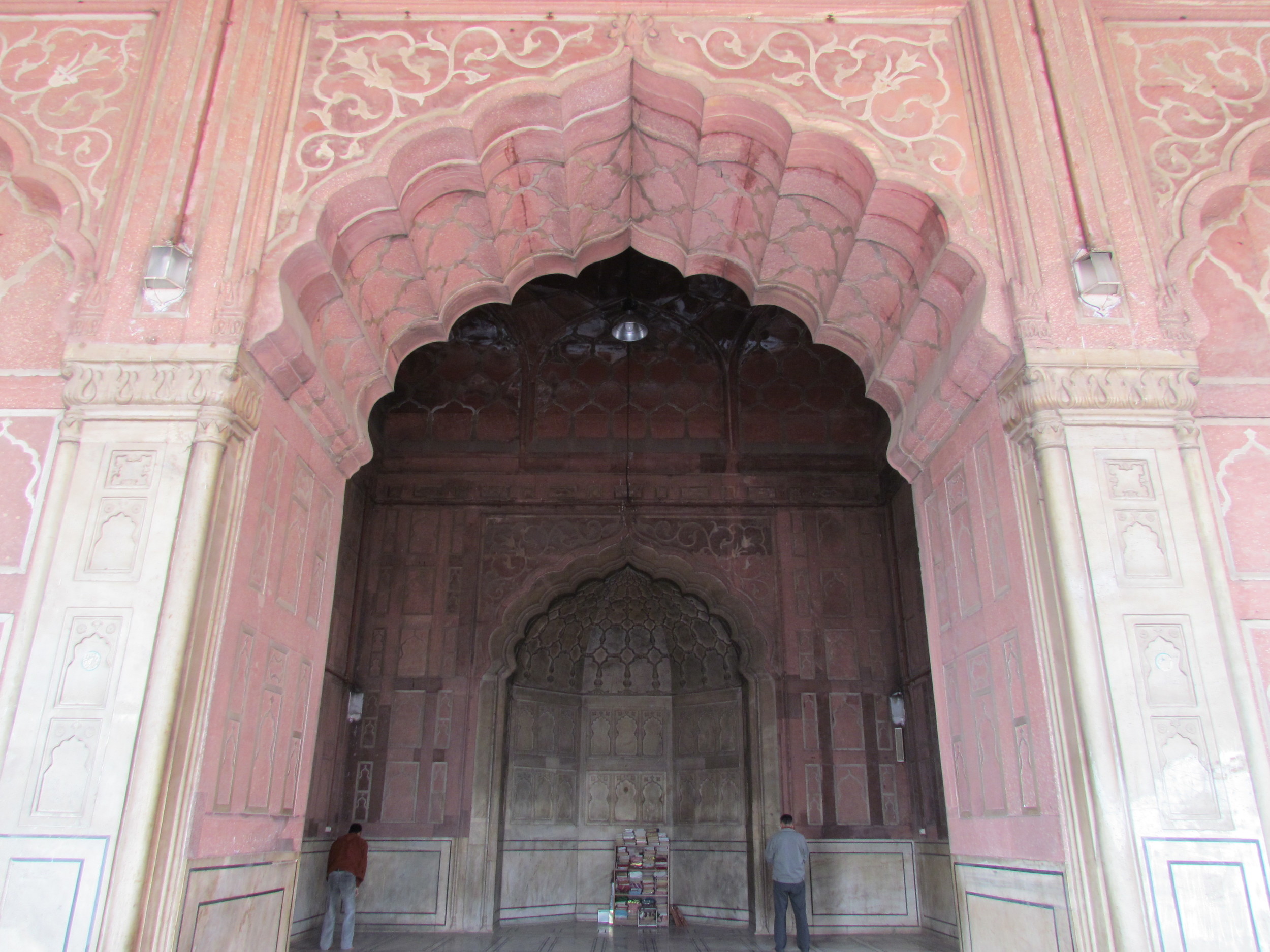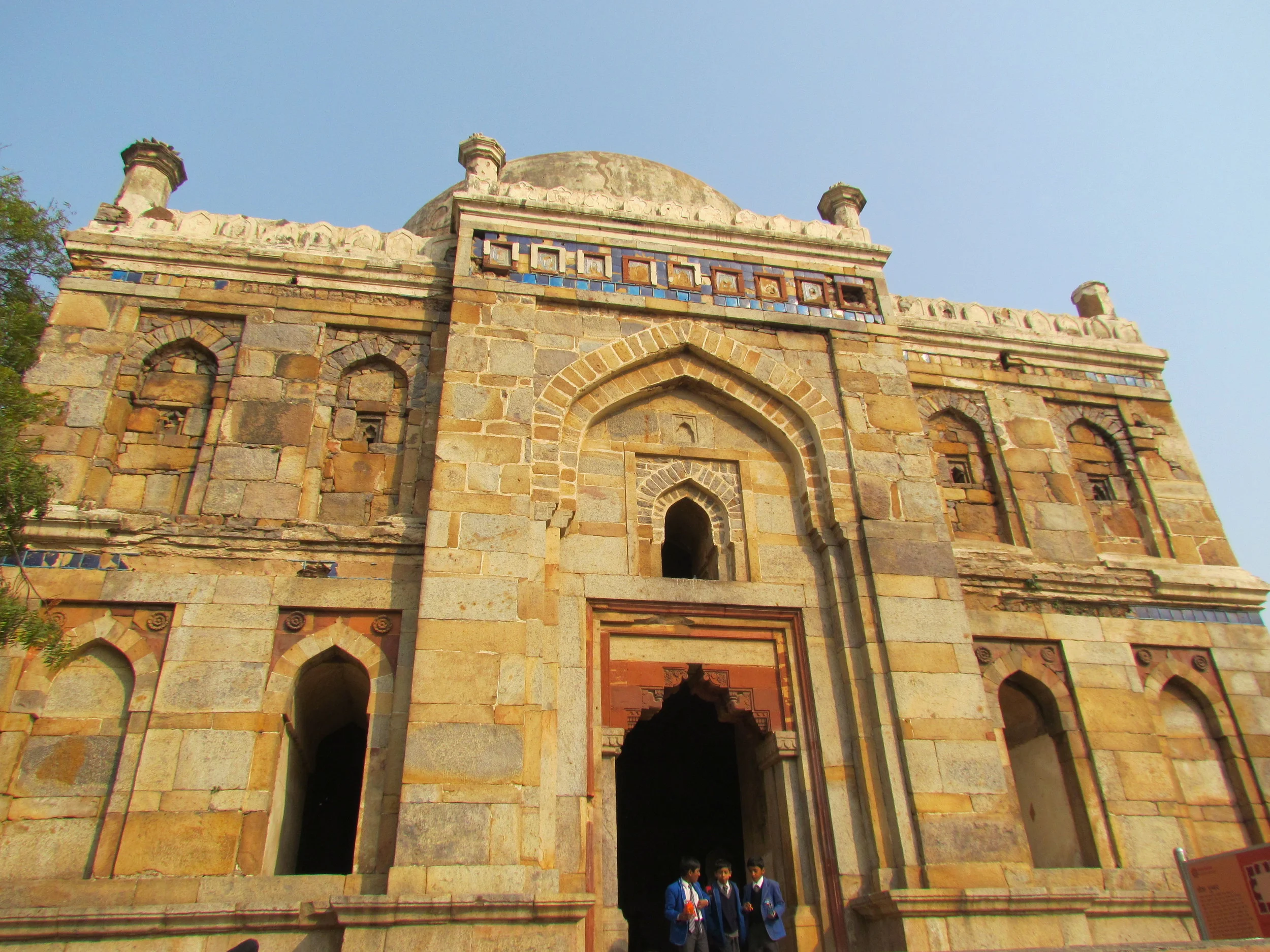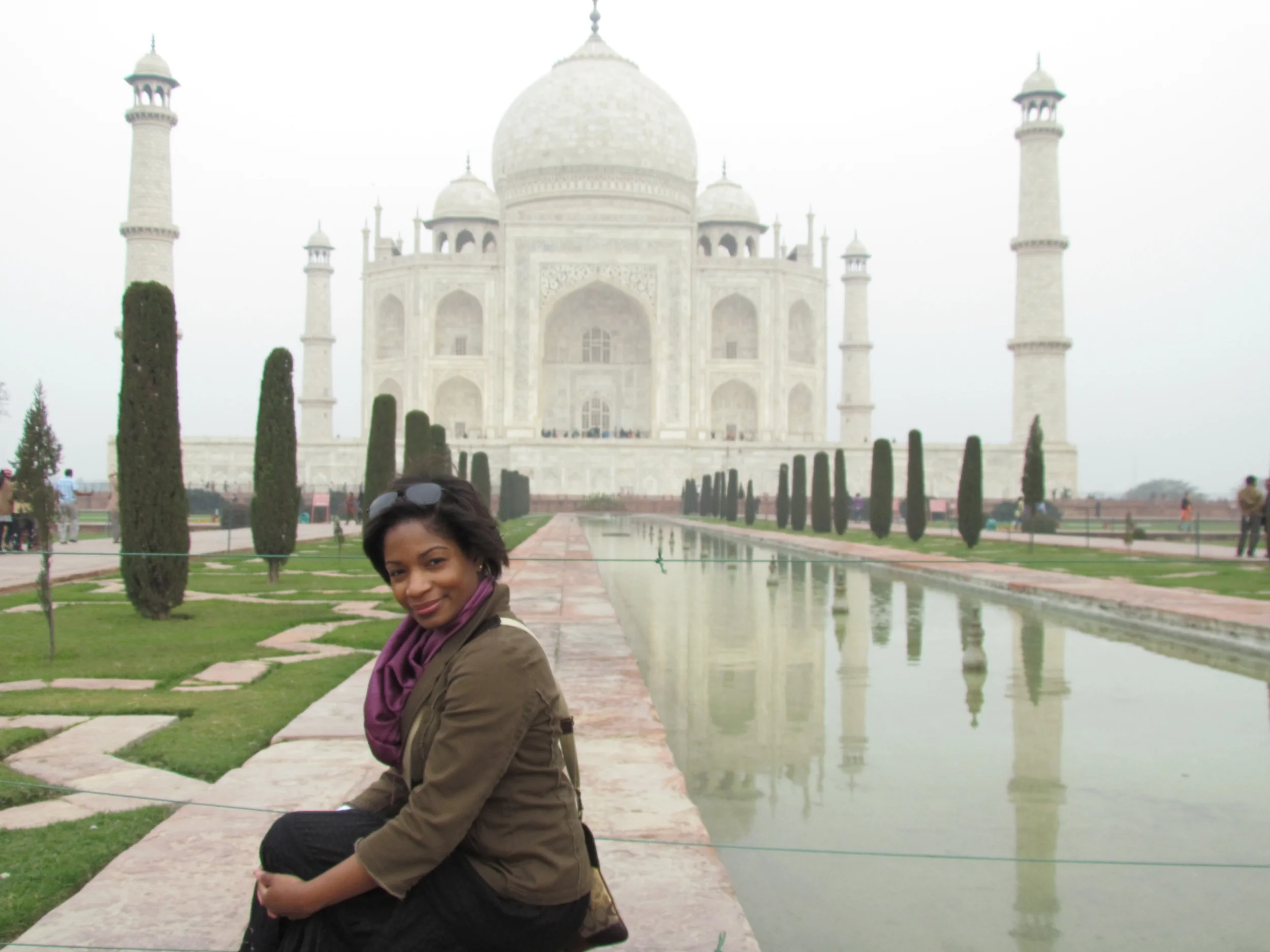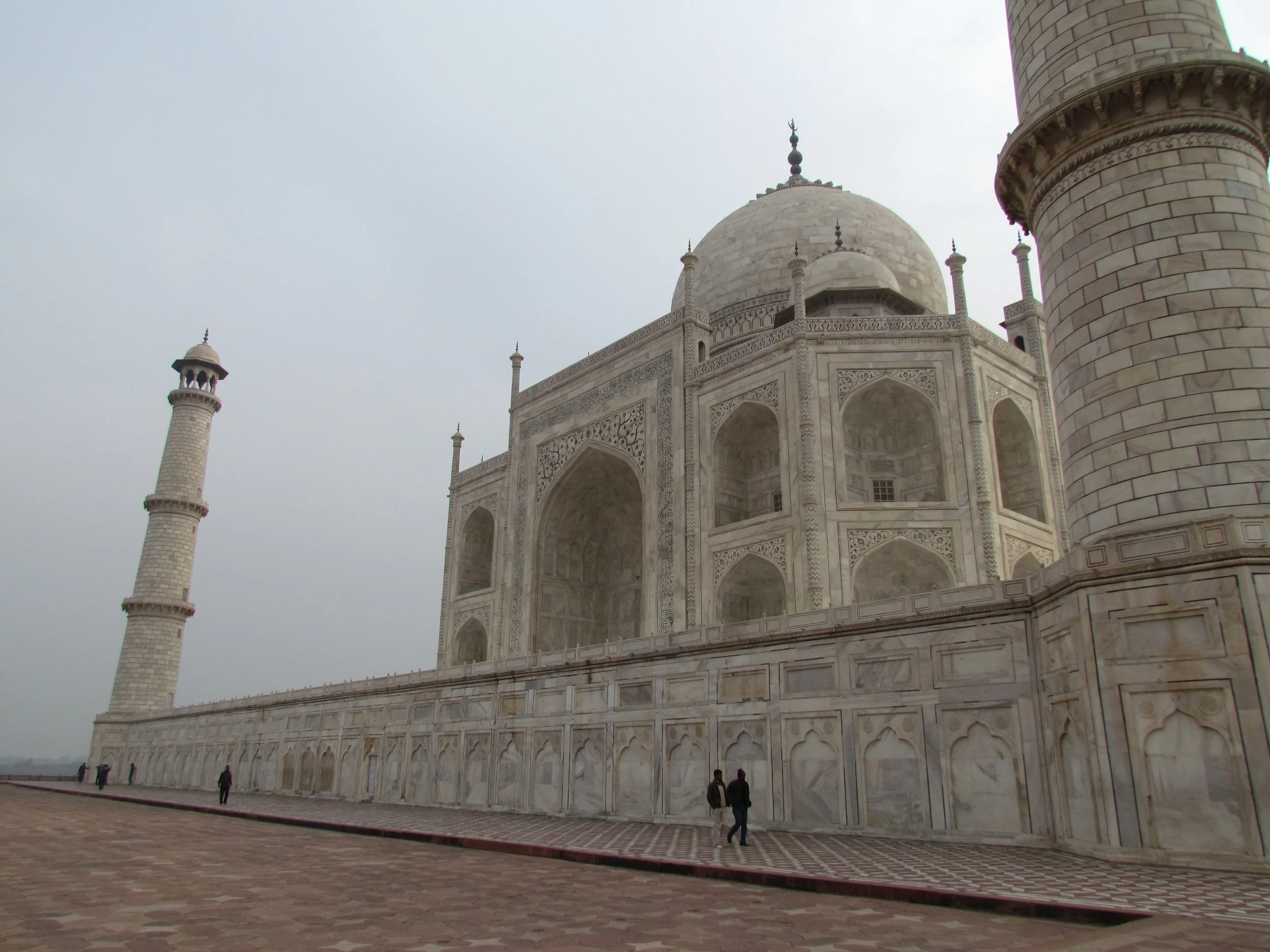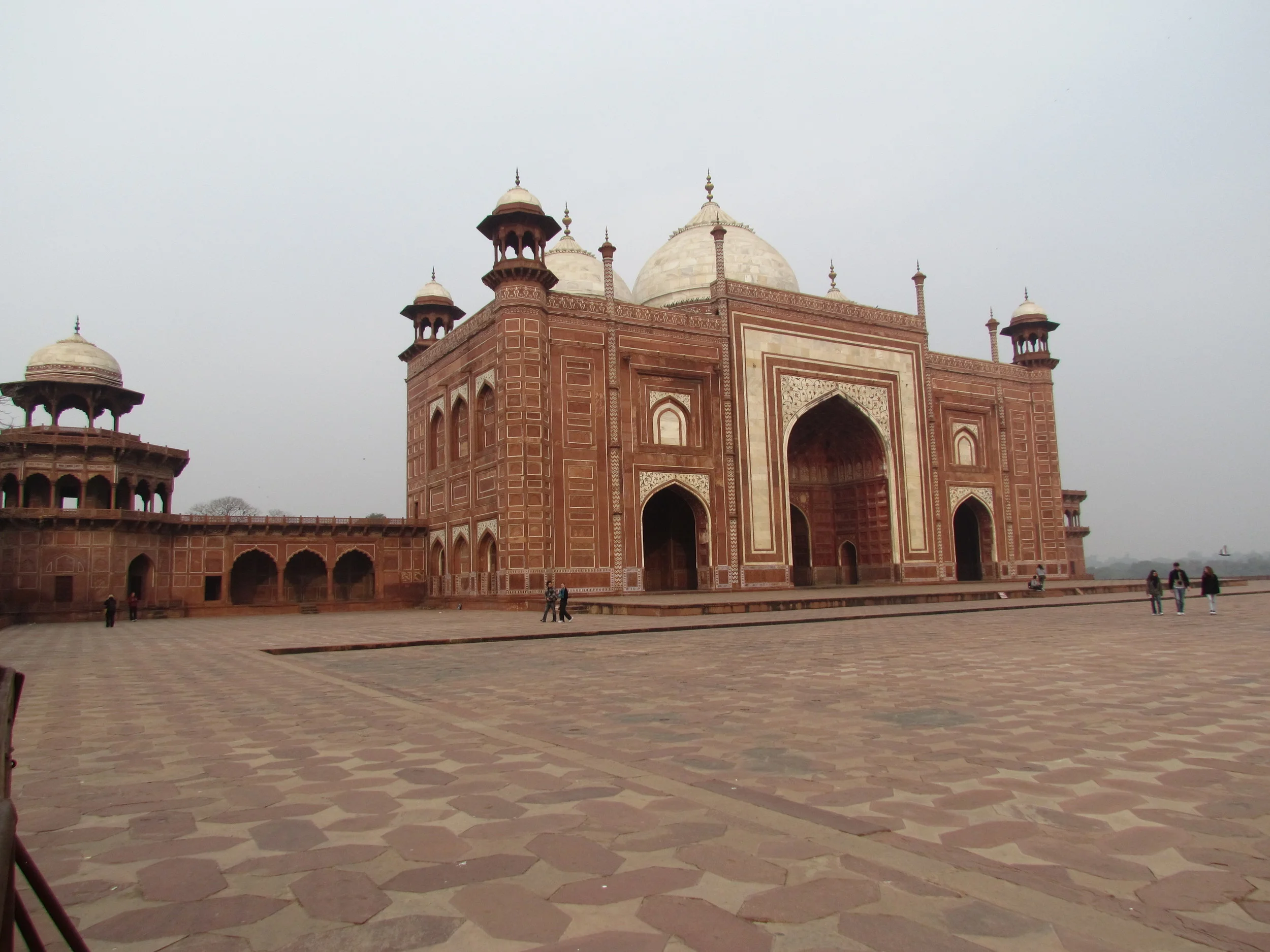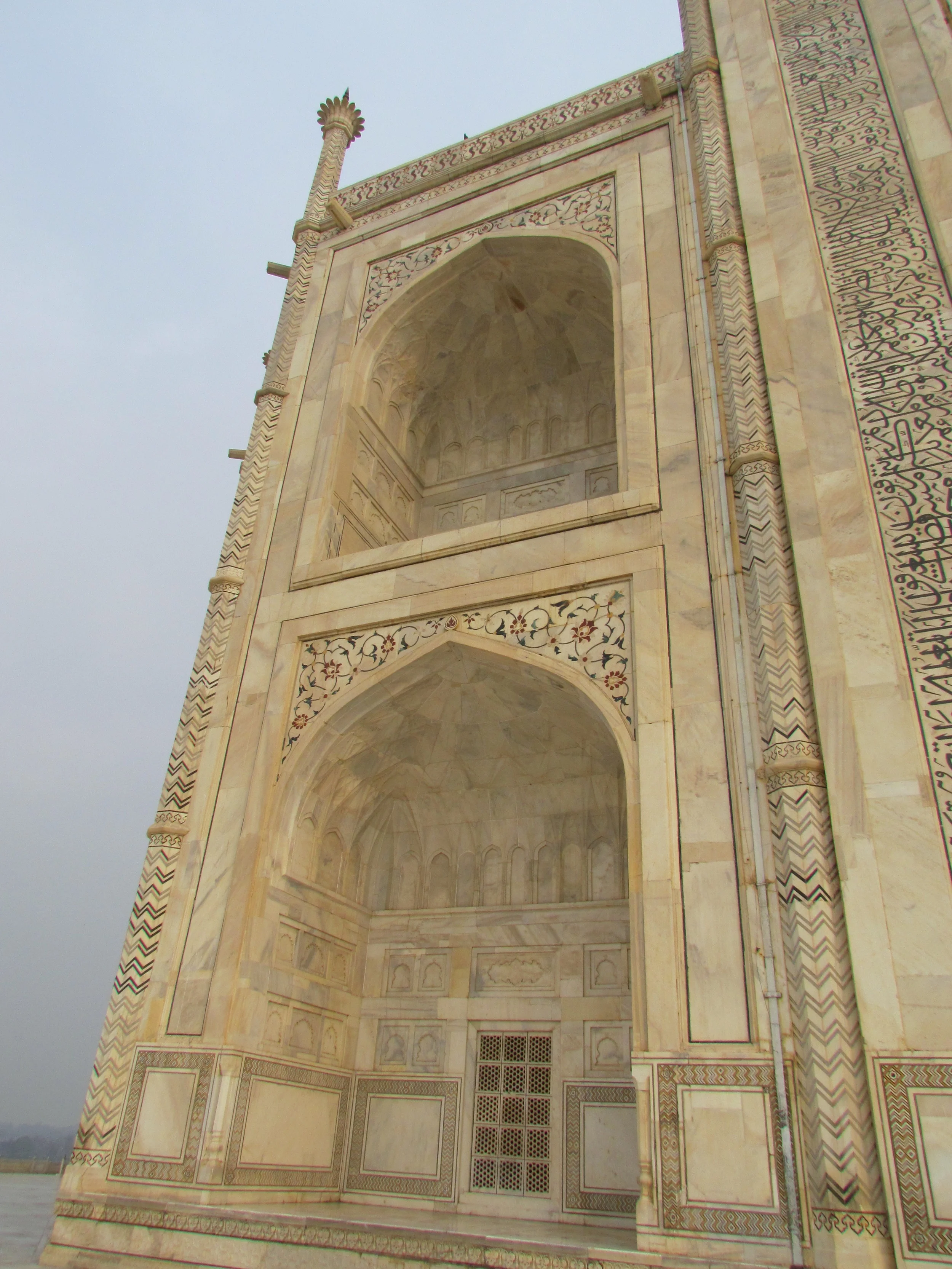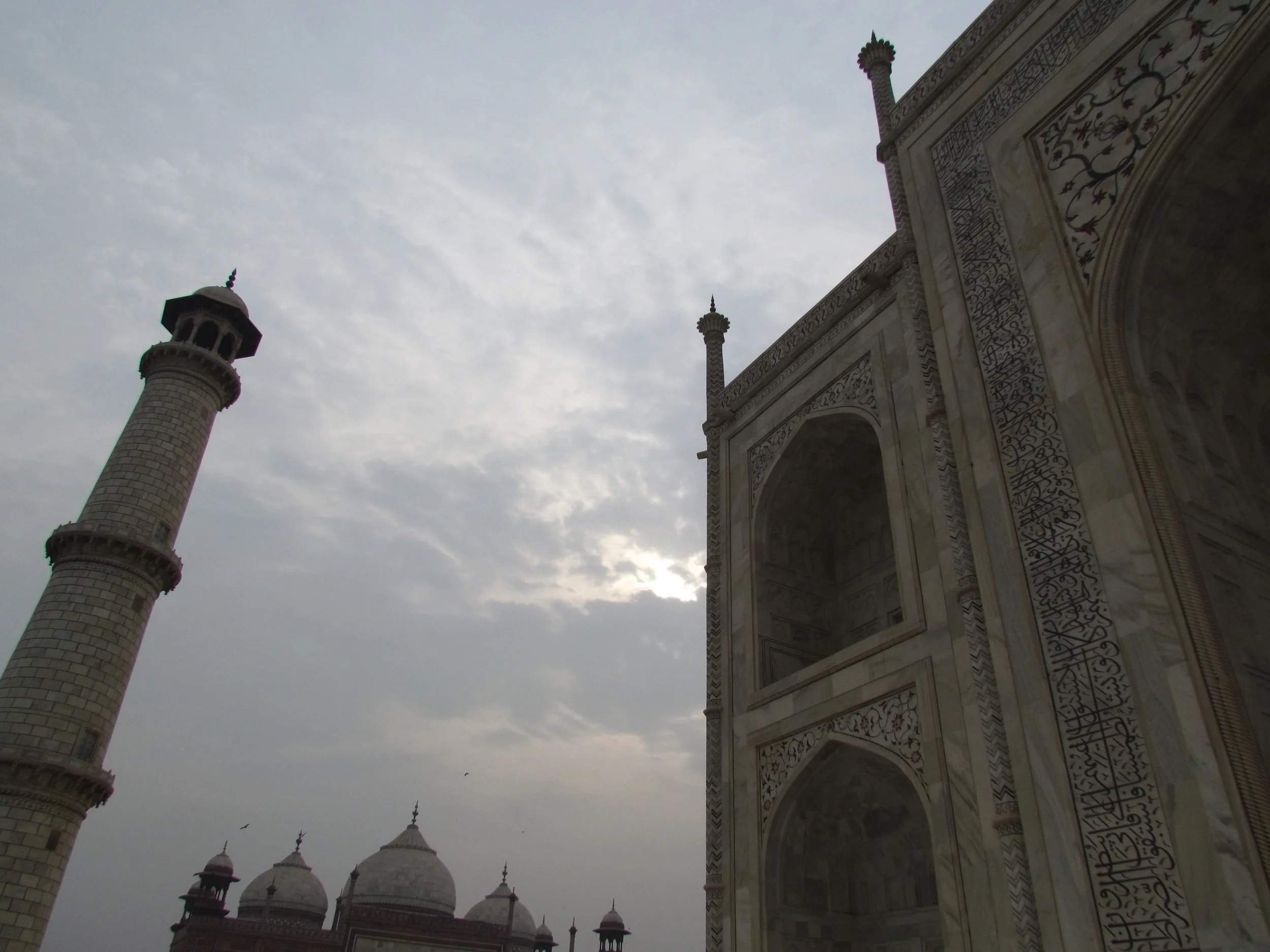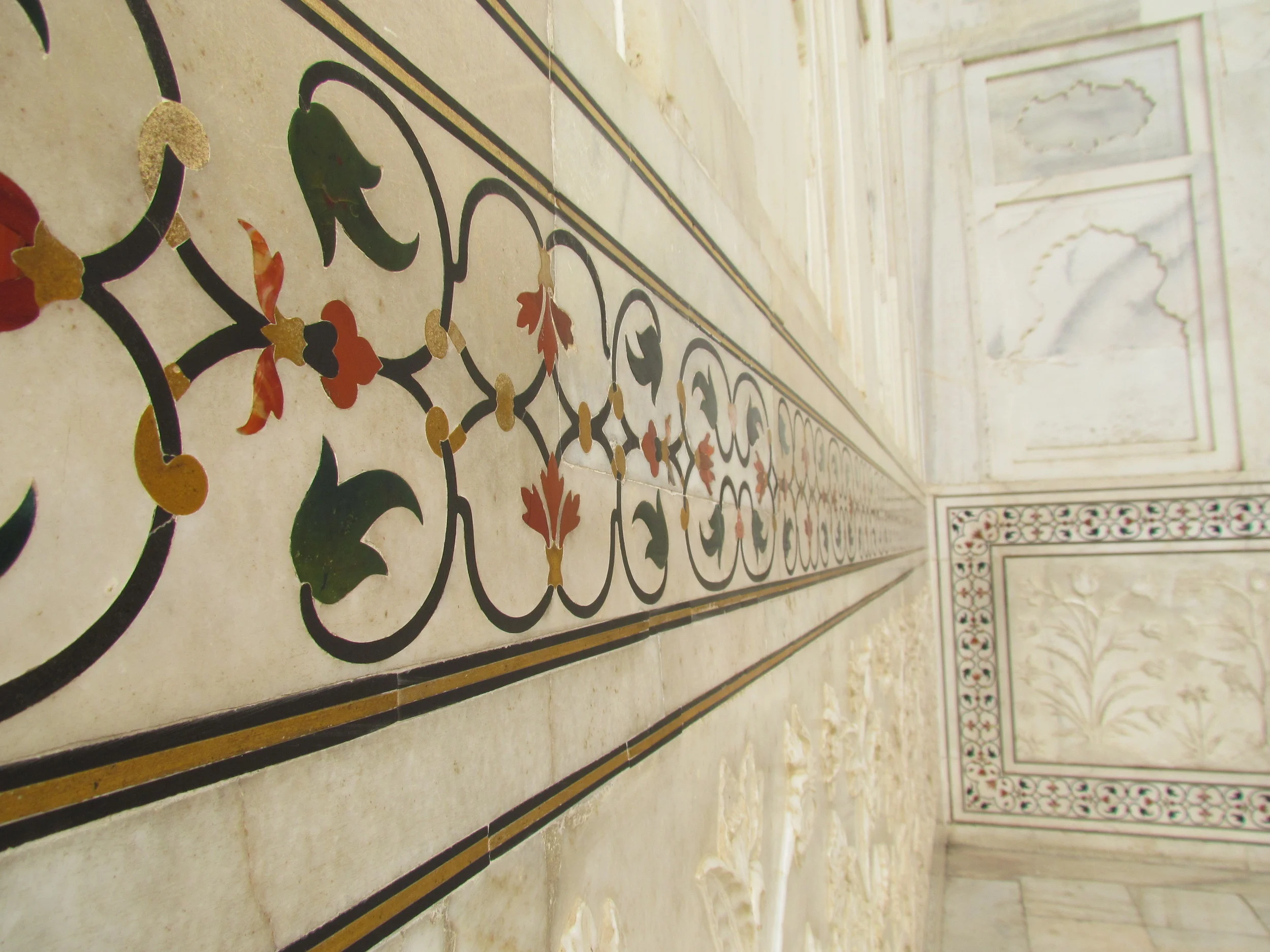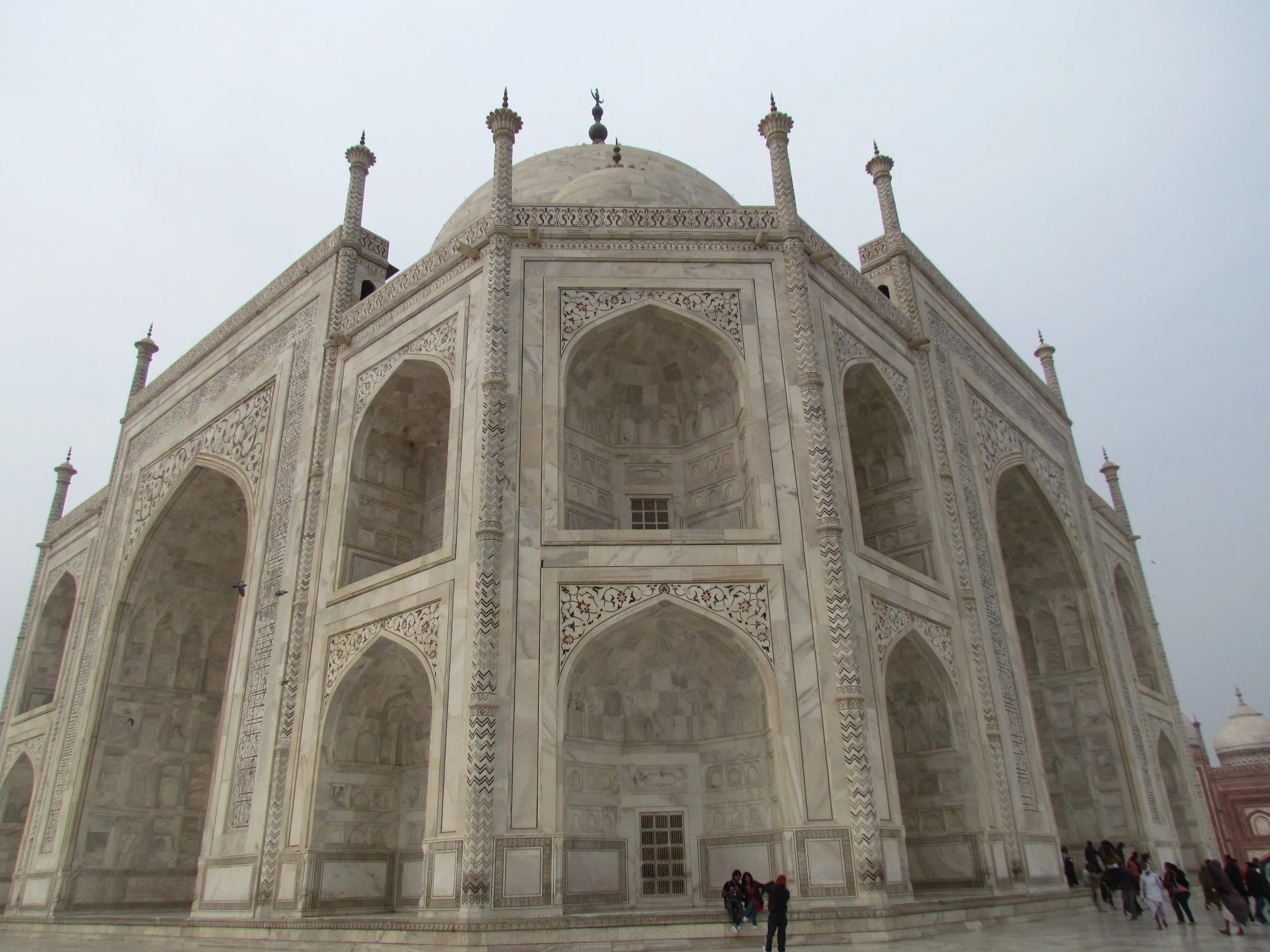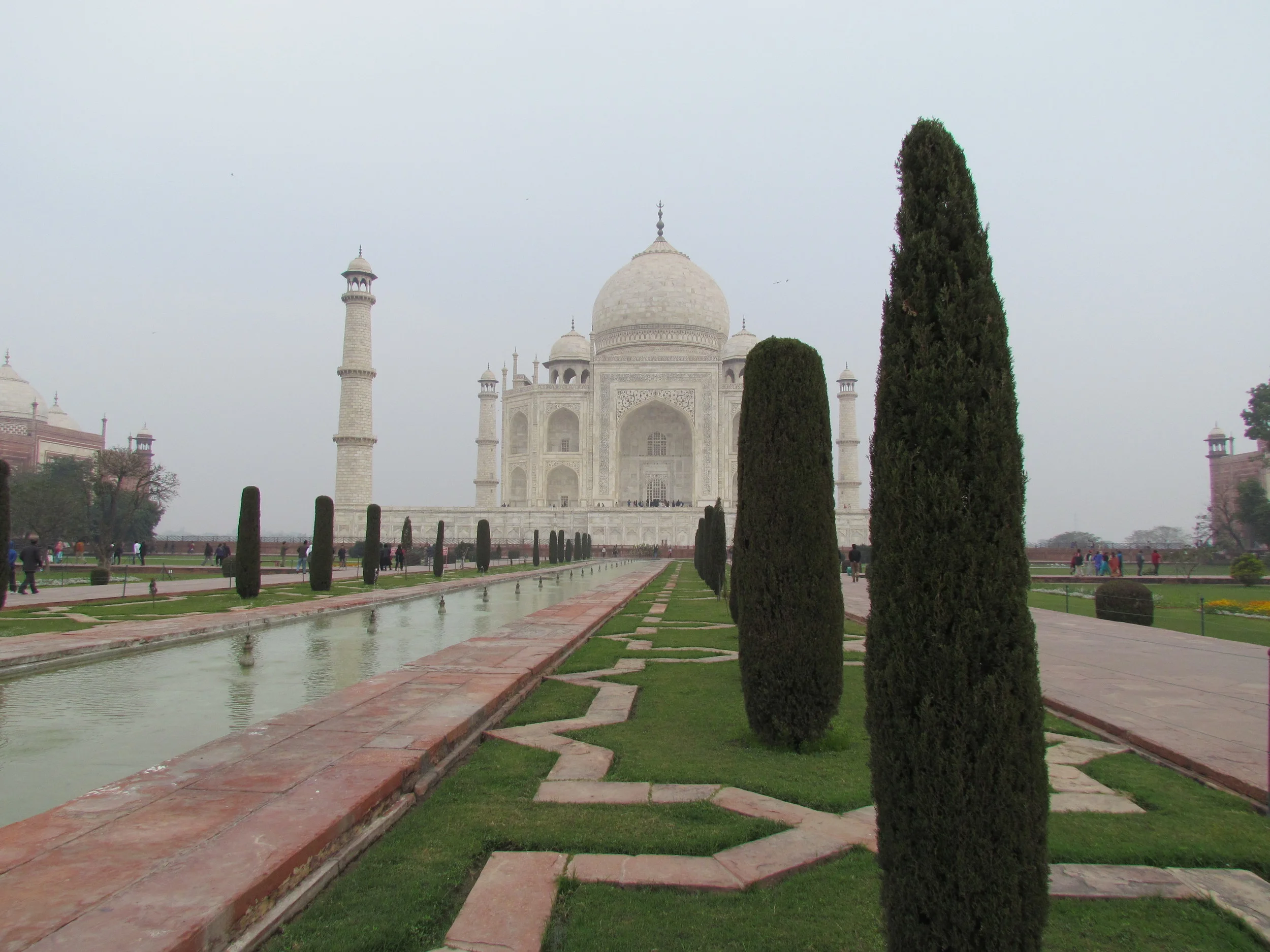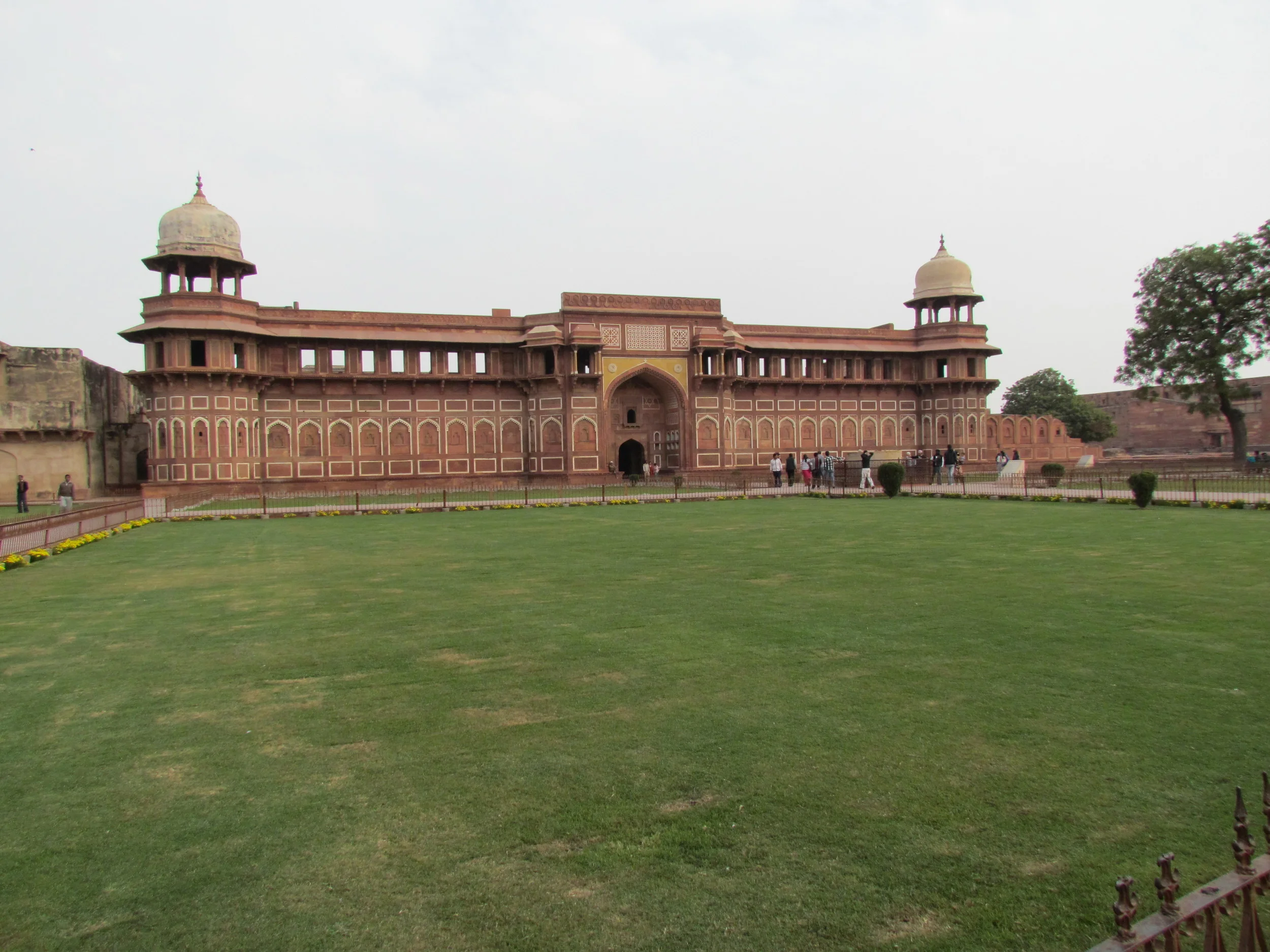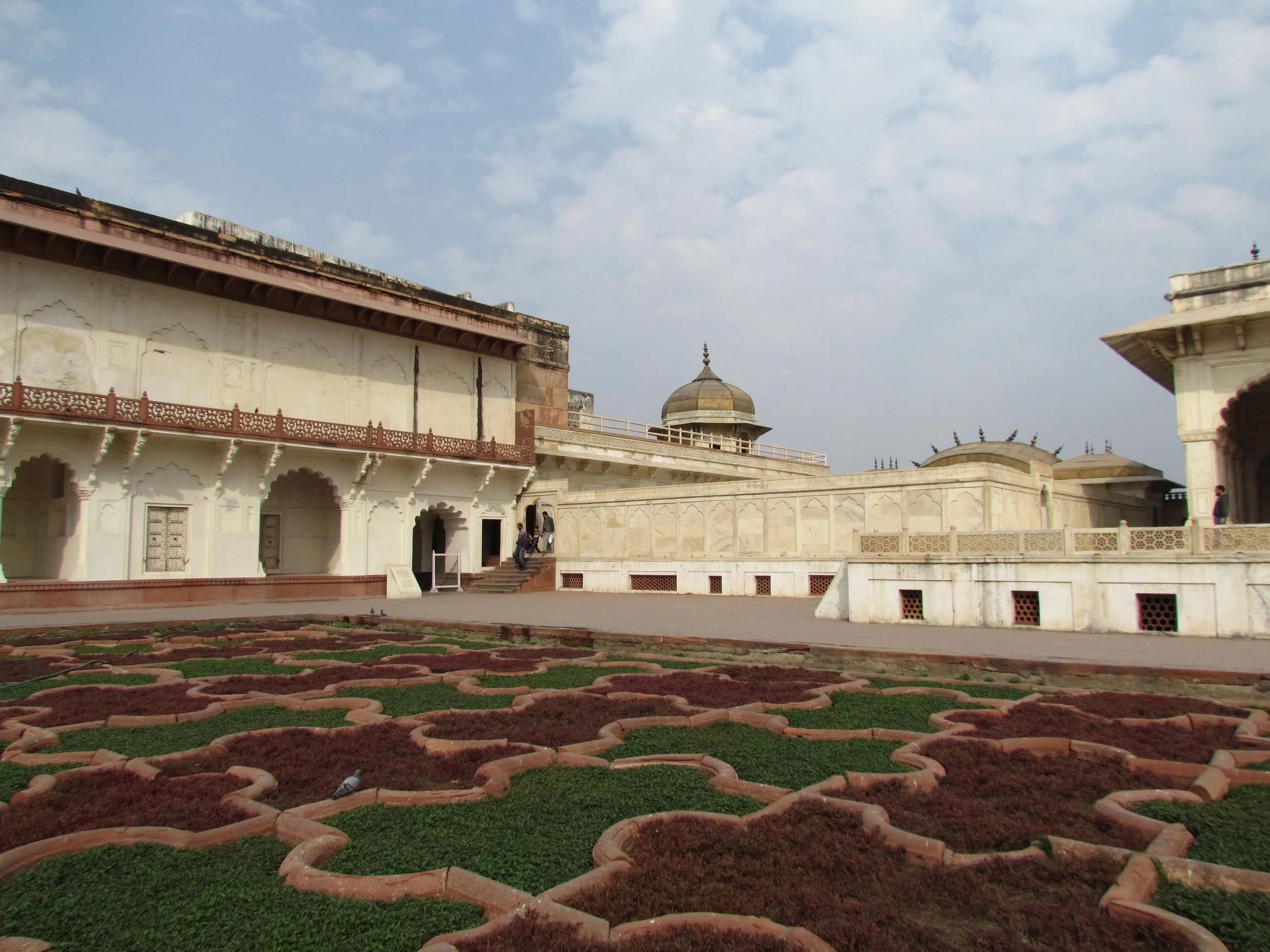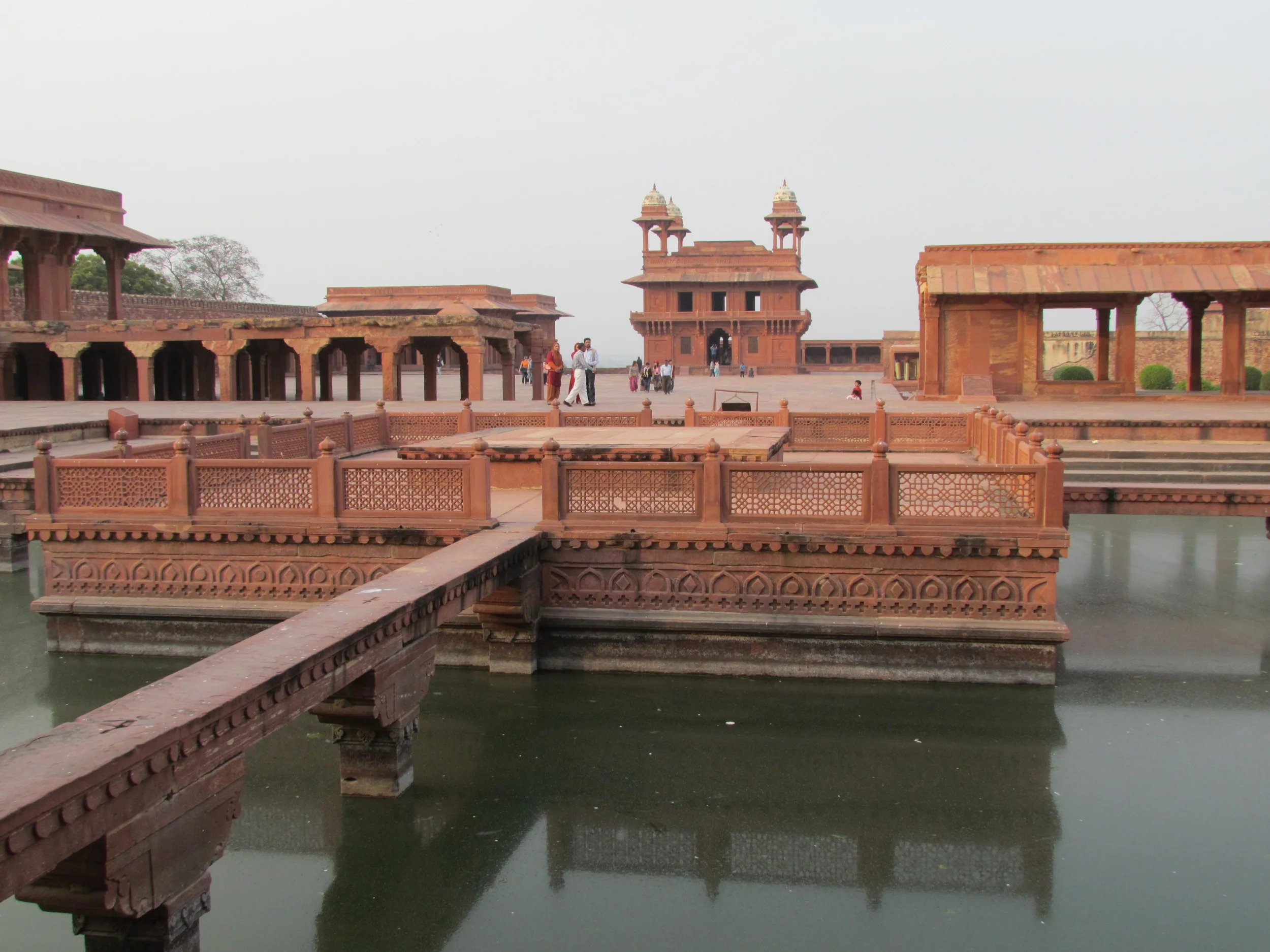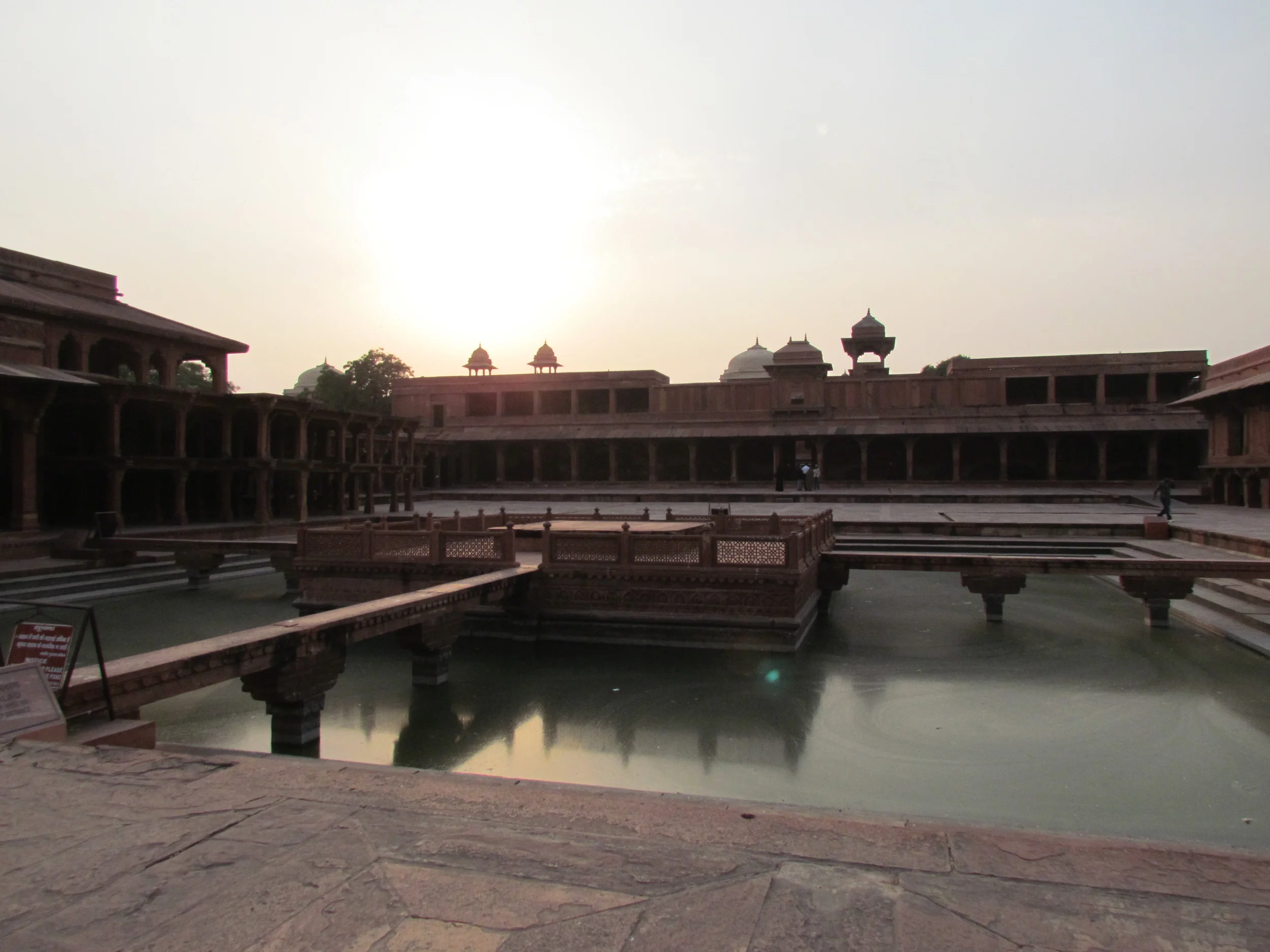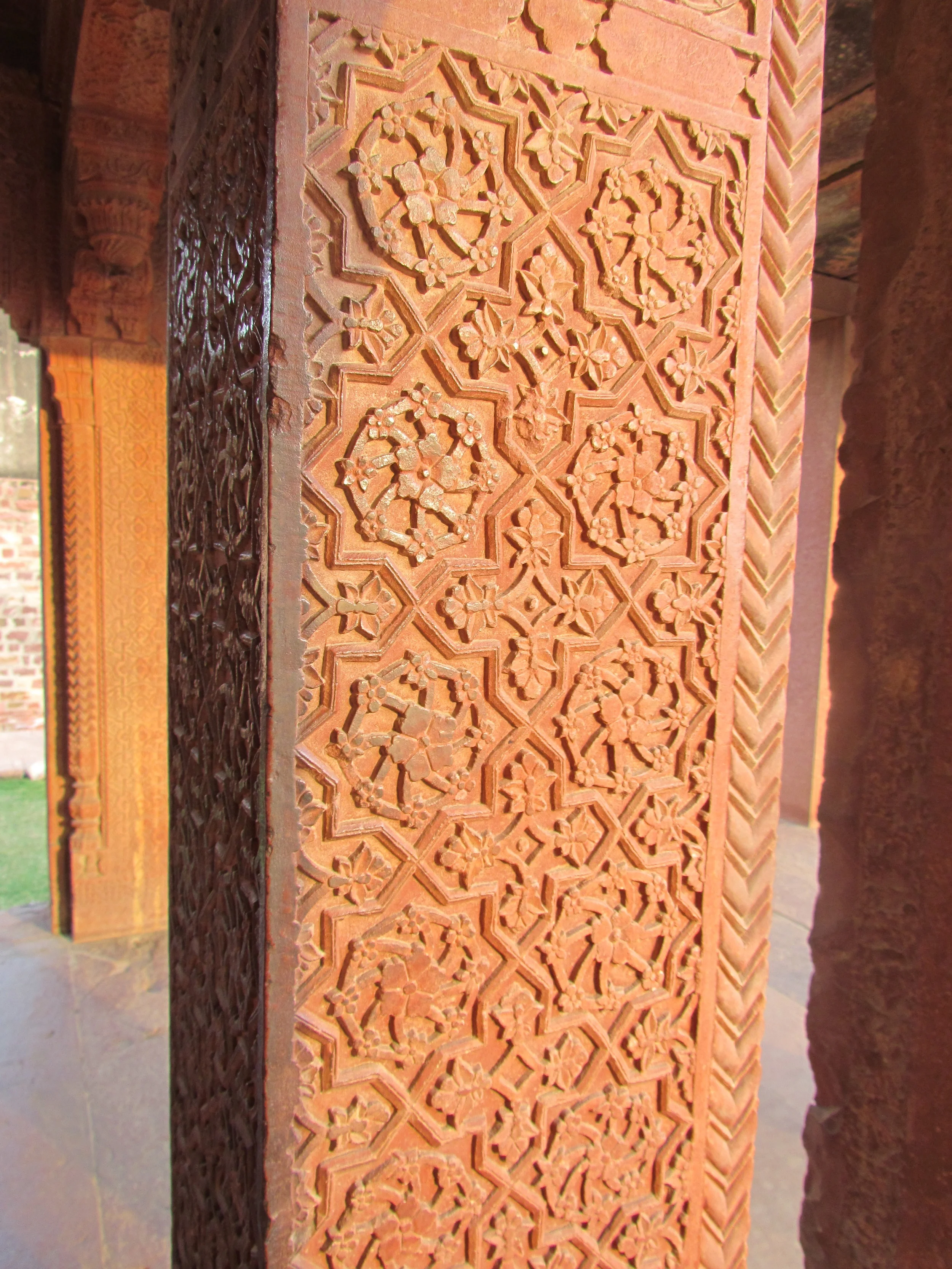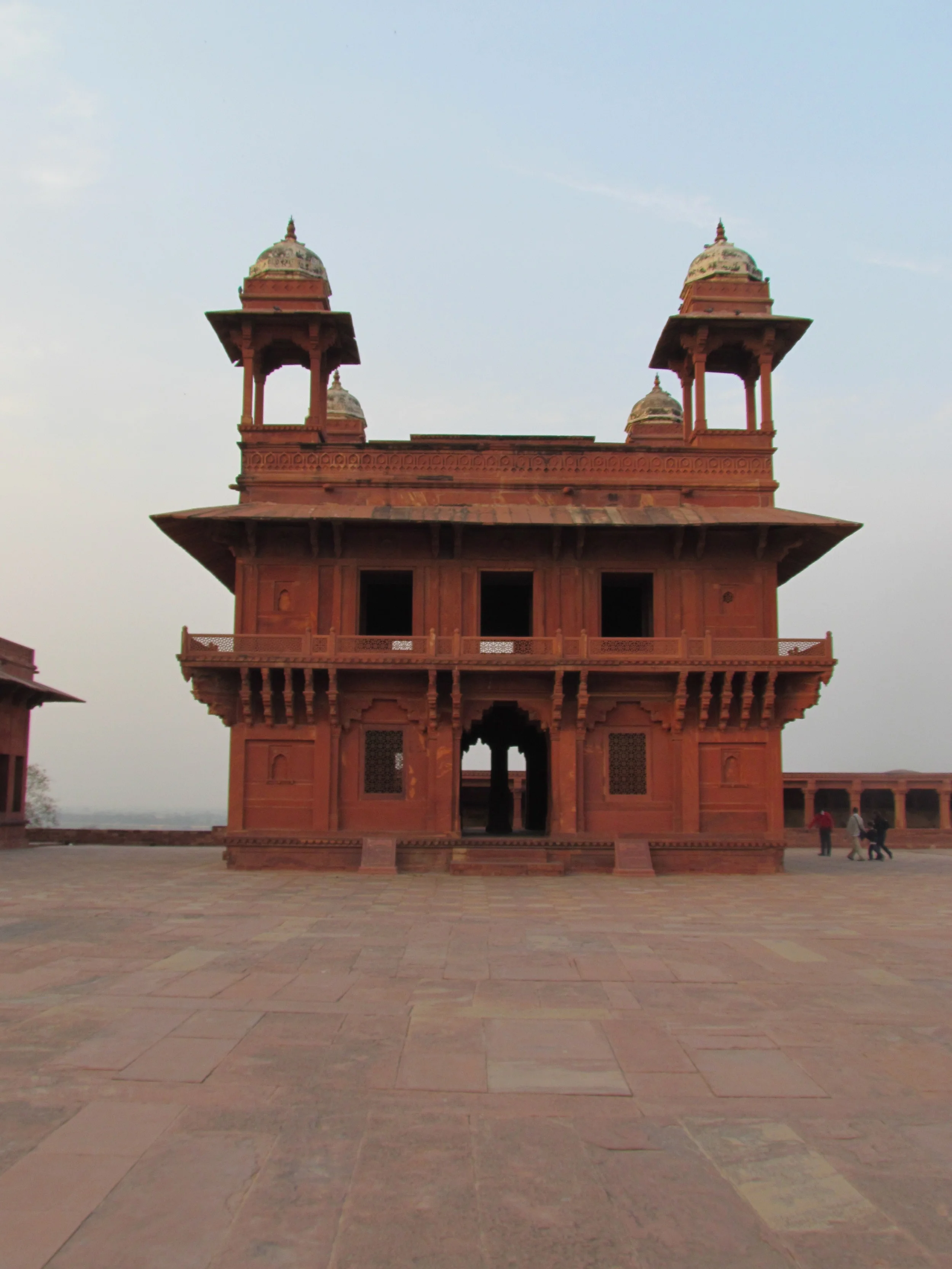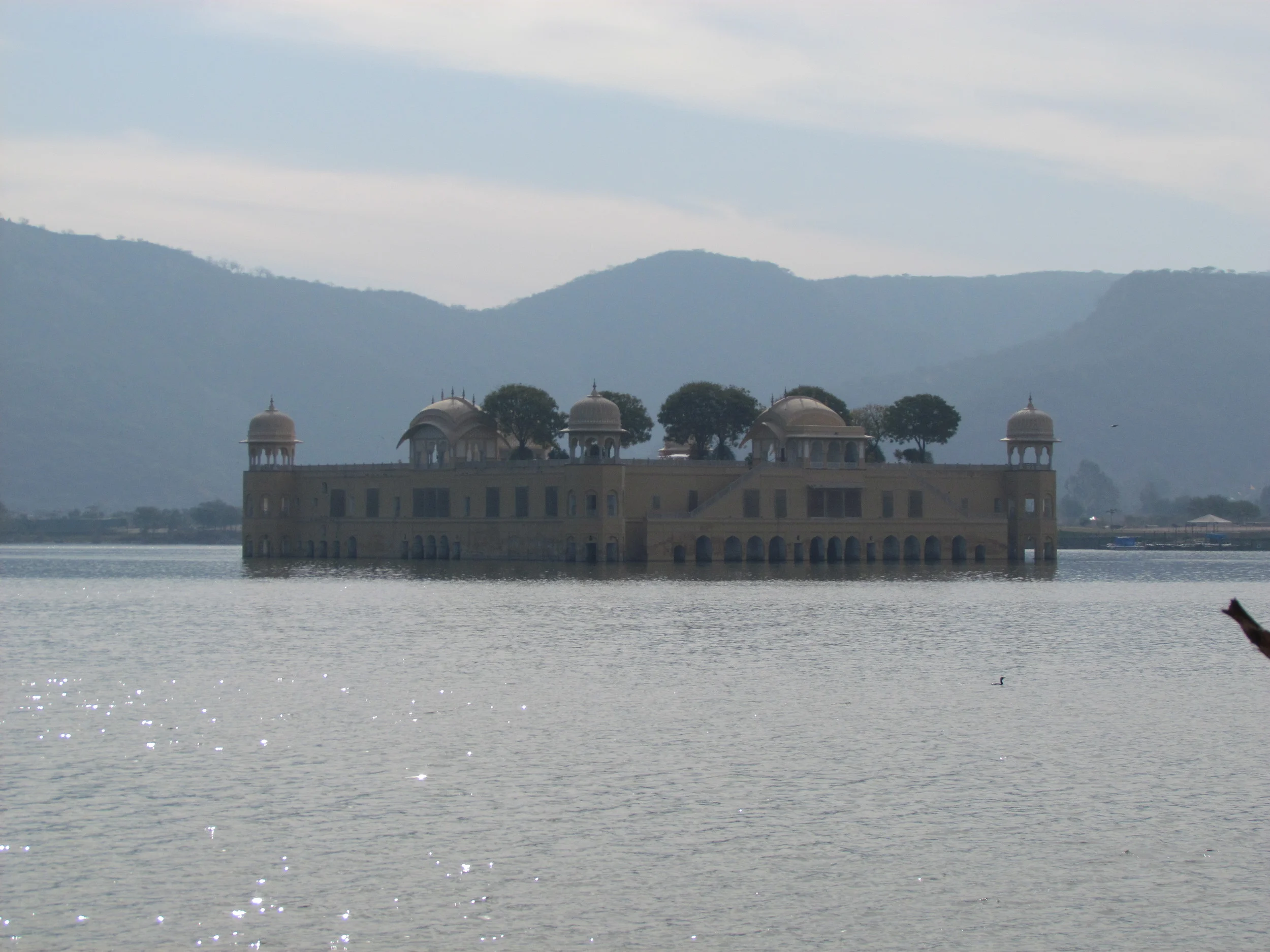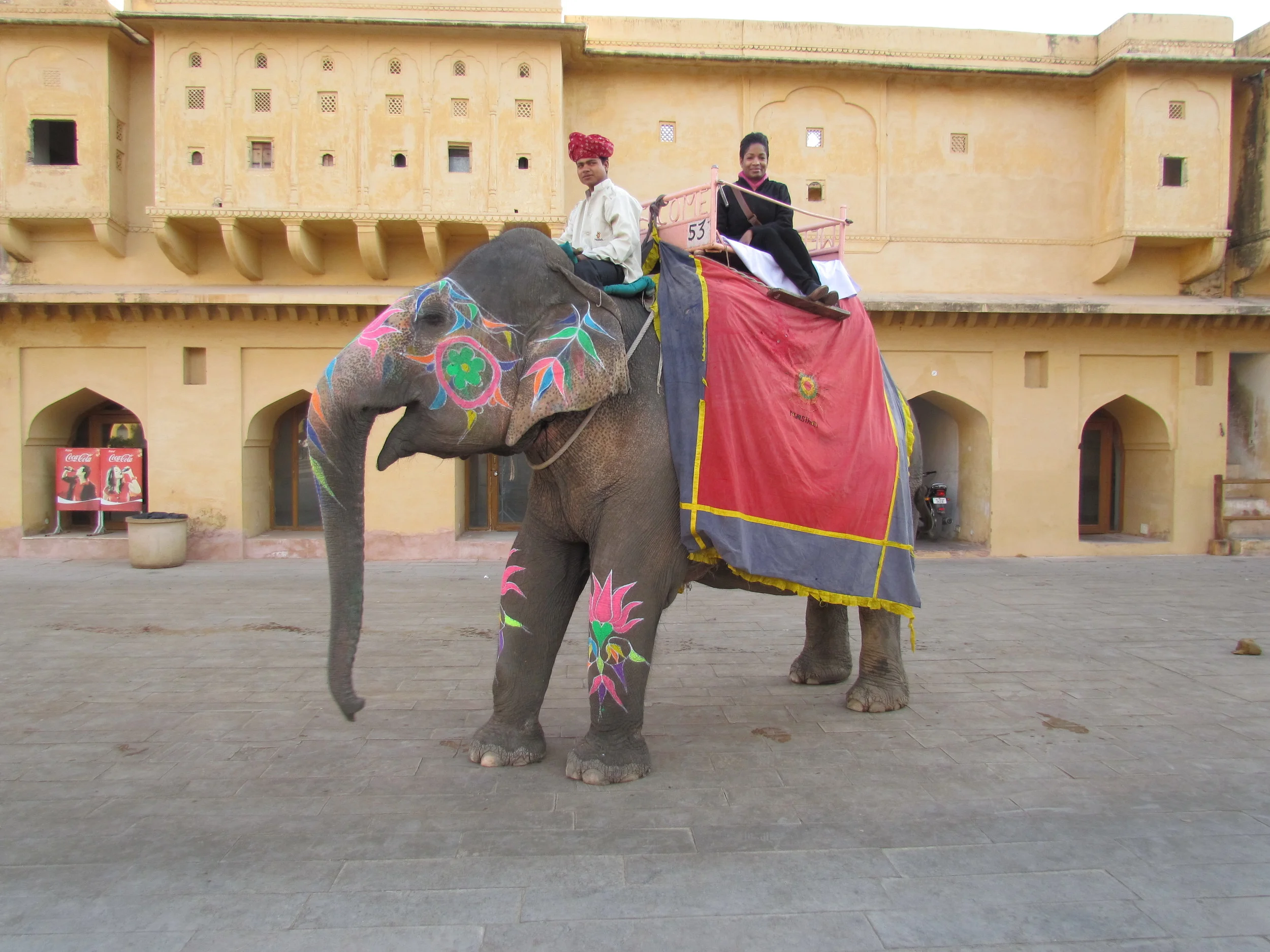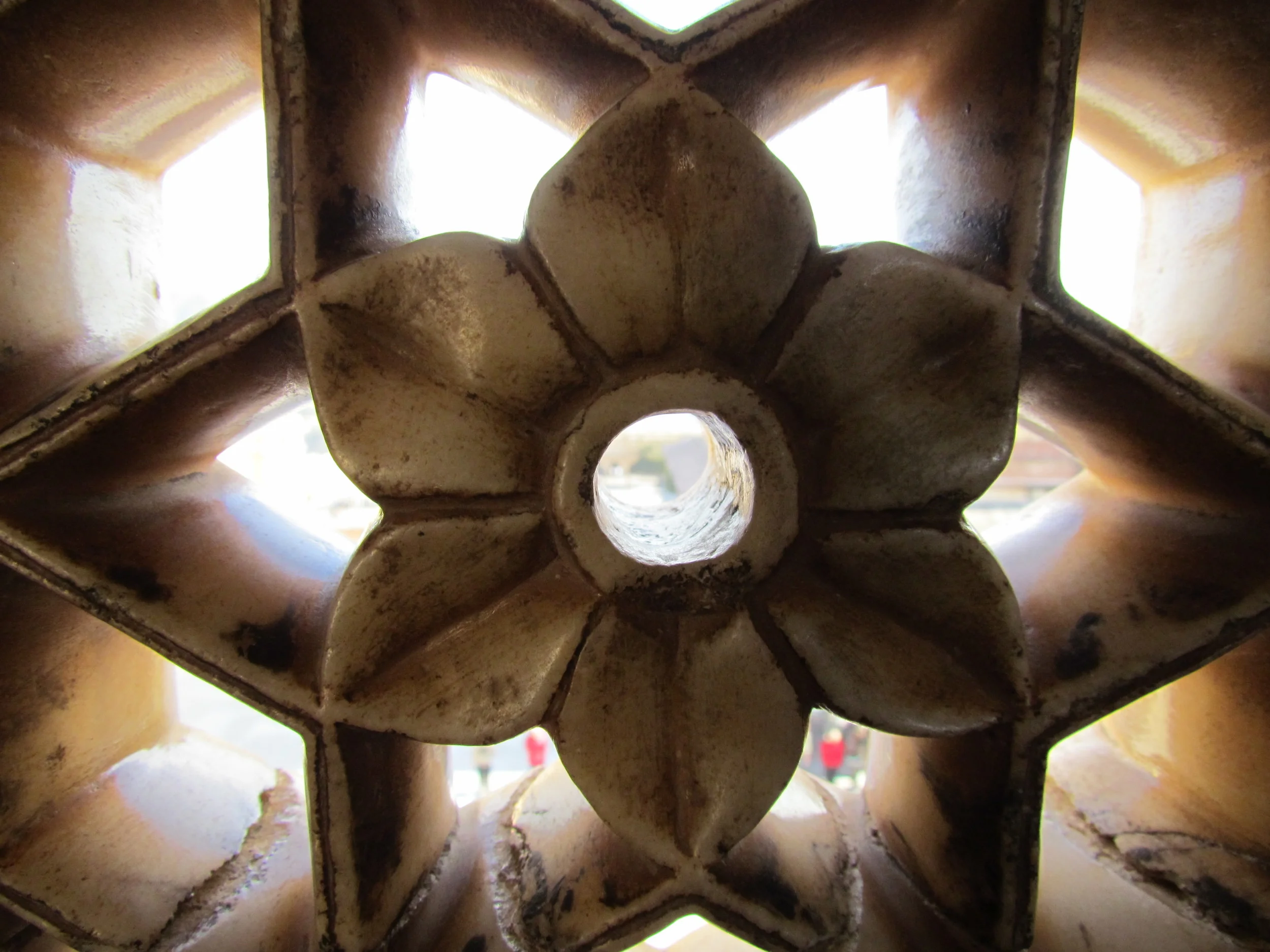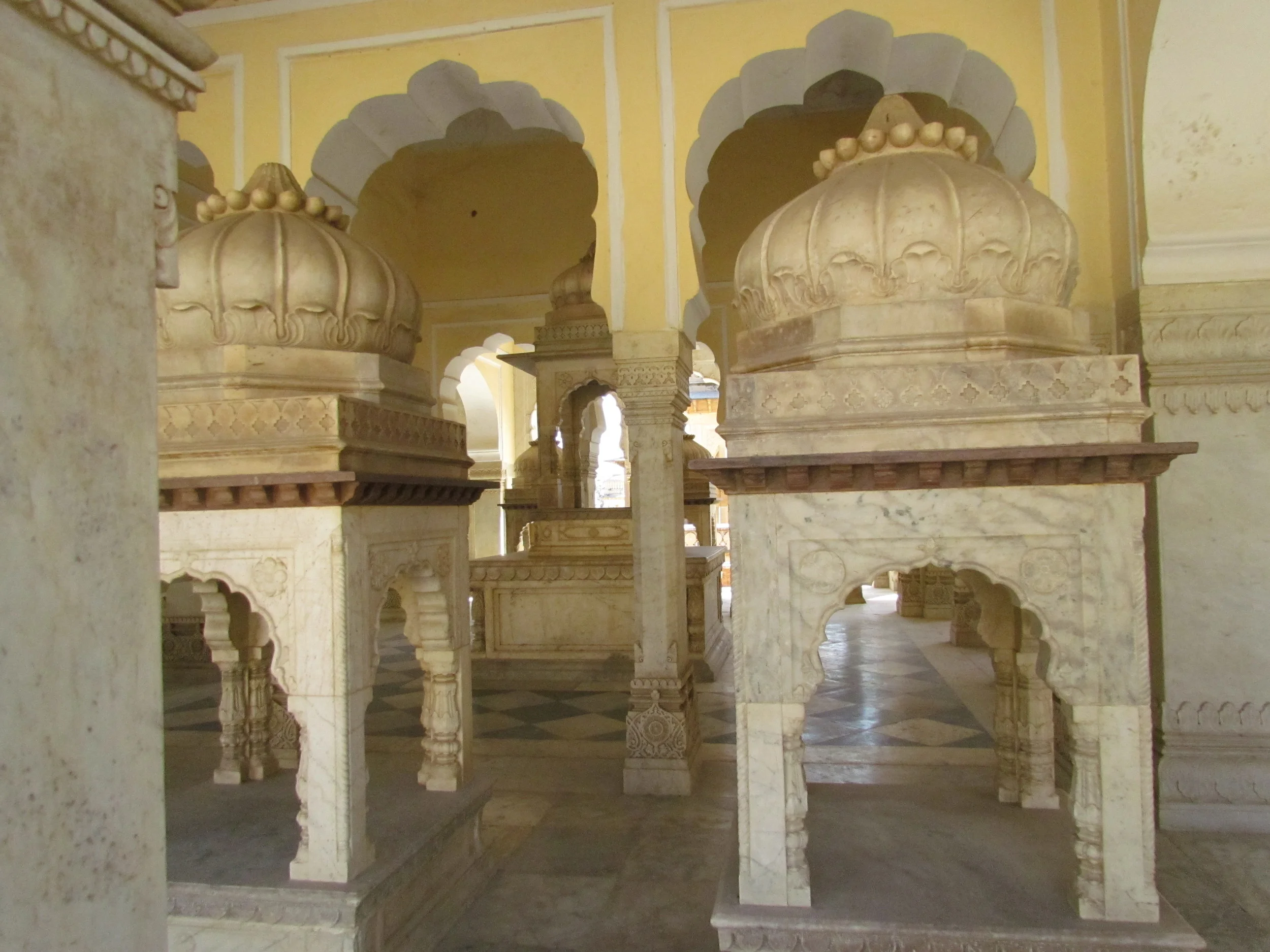Embracing and reflecting alone in India
Not too long ago, I had a yearning to see the world's wonders and began my first mission with China's Great Wall. It was a majestic sight, overwhelming to behold and experience. Soon after that trip, I decided to visit India. While I had a traveling partner to accompany me to Asia, I was not so fortunate to have a travel companion to travel to this vast South Asian country. This hiccup did not deter me and I would go to India alone. When will I ever have the opportunity or courage to make such a trip? It was a giant leap that I took with a bit of trepidation but with a little bit of research and good planning, I was confident I would succeed.
Petite and Solo Safety Factor
3.8 out of 5
India (officially The Republic of India) is the seventh largest country by area with a population of over 1.2 Billion people. I was not sure where I should start my visit and which cities were worth visiting. It is no secret that the Taj Mahal, the immense white marble mausoleum in Agra, is probably the main reason to visit India and should be considered the top item on anyone's list however I did not want to travel nearly 8,000 miles simply to see it. I wanted to take in as much as I possibly can out of this once-in-a-lifetime trip and I decided to travel to "The Golden Triangle". India's Golden Triangle is the tourist circuit which connects the capital Delhi with Agra and Jaipur. The trip starts with New Delhi, moving 4 hours south via train to Agra and then west to Rajasthan; thus forming a triangular shape of locations. The Golden Triangle is a perfect well-traveled route for a first time visitor of India and it provides a good spectrum of the different landscapes.
Jal Mahal on Mansagarlake in Jaipur
India is no doubt a hectic place and it is imperative to do your homework before visiting a conservative country of over a Billion people. Spending the time learning about India's customs before arriving will prepare and educate you.
While I made the conscious decision to visit India alone, I realized I could not randomly tour the country in abandonment and be safe at the same time. I discovered a tour company through TripAdvisor which specialized in individual city day tours with transportation, meals and a choice of a female or male tour guide. Magic Tours of India was a perfect tour company that gave me a broad spectrum of Indian experiences in New Delhi, Agra and Jaipur. with well-educated tour guides who were versed in the history and culture of India. I arranged all of my day-tours in the States via e-mail with constant communication and follow-up with the organizer. For each city, a tour guide and driver was assigned to me for the entire day, showing me the highlights of the city, allowing me to immerse myself into the culture in detail and with explanations and history of the many sites and monuments that we visited.
"When in Rome, do as the Romans do". In India, it is recommended to dress modestly. Headscarves are helpful and useful to have especially when visiting temples and mosques. Full length skirts or loose pants are also recommended. This is the most honest advise I can give when visiting India as a solo female traveler. I found that Indians tend to stare at Westerners and as a woman traveling alone, you may stick out as a sore thumb. For me, I found having a tour guide especially resourceful however when I was alone on my own for short exploration trips, I can vouch that looking like the locals in a long tunic and loose pants prevented unwanted attention. India is NOT the place to wear tank tops, breast-baring shirts or blouses, tight pants or jeans, shorts and short skirts. This will encourage unwelcome stares and even encourage unwanted attention from men or looks of disapproval from women.
I can't emphasize this enough. Dressing appropriately helps immensely. Respect the culture by covering shoulders and legs and avoid showing cleavage. Maybe even consider wearing Indian-like attire is helpful such as a Kuti (loose tunic). I would encourage you to avoid drawing unnecessary attention to yourself.
Ganesh Pol at Amer Fort and Palace, Amer, Jaipur
At night, I dined mostly in the hotels and did not venture out. Staying at a reputable hotel provided me different dining options which sufficed for my trip and as I did not have company during the evenings on this trip, I thought it safe to enjoy my meals in the hotel restaurants. Fortunately, the day tours I reserved included lunch. It is recommended to not drink the city's water. India's huge and continually growing population is putting a severe strain on the country's natural resources. Most water sources are contaminated by sewage and agricultural runoff. Although access to drinking water has improved, it is estimated that 20% of communicable diseases in India are related to unsafe water. Always order or buy bottled still or mineralized water. I would also recommend brushing your teeth with bottled water provided in your hotel room even if their tap water is treated and filtered.
Accessibility
I found the best way to travel between the cities of The Golden Triangle was to take the train. A friend of mine also recommended that I hire a private driver but that could cost as much as 8,000 rupees (approximately USD$120) per way and the difficulty lies in finding a reputable and safe company and driver.
With the option of the Shatabdi Express trains, which offers fast connectivity between the major cities of India with only a few intermediate stops, I chose to travel by train. The train's first-class cars are fully air-conditioned. Berths and seats in Shatabdi Express have to be reserved in advance before boarding the train and seating is comfortable and clean. Small treats and chai tea is also offered during the voyage in first class. As a single female traveler, I do recommend that you reserve first class air-conditioned seating. Frankly, as soon as you board, you will notice mostly international tourists in these cars.
The Train # 12002 Bhopal Shatabdi Express from New Delhi to Habibganj will stop at Agra (Distance 707km). It leaves very early morning around 6:00am and arrives into Agra Cantt Station by 8:15am. The Bhopal Shatabdi Express runs at a peak speed of about 93mph which makes it the 2nd fastest train in India.
The Train # 12195 Af Aii Intercity runs everyday from Agra Fort to Ajmer Jn with the stop at Jaipur (Distance 241km). It departs Agra Fort train station at 5:05am and arrives at Jaipur Station at 9:30am. This is a very popular line to use to get from Agra to Jaipur and the most punctual for this route.
When I arrived in both Agra and Jaipur, I arranged to be collected by car through my hotel. From Jaipur back to New Delhi to fly back home, I flew KingFisher Airlines which provided an affordable one hour flight from Sanganer Airport to Indira Gandhi International Airport. The fare was no more than USD$100 for the one way trip. KingFisher has since ceased operations however there are various airlines that fly out of Jaipur to New Delhi including IndiGo, SpiceJet, Jet Airways and Air India.
While in New Delhi, Agra and Jaipur, I had the convenience of a driver provided by the tour company to take me to the various sites. When I wasn't on a tour however I enjoyed using the auto-rickshaws provided by the hotels. Many of the hotels will provide your their phone number so that you may call them for a pick-up from a particular location (within reason). On occasion, I also asked the restaurant I frequented to call my hotel to send a driver for pick-up. As a solo female traveler, I decided against taking a random taxi, not for fear of lack of safety but for concern of exorbitant charges and scams committed by some of the drivers. You may however arrange a pre-paid taxi through the hotel, also to avoid being overcharged.
Both Delhi and Jaipur has an efficient railsystem however on my visit it was not necessary to use considering I was mostly on city-tours via cars.
Single Girl Comfort
My experience traveling to India alone was interestingly unique. Reminiscing about it is bittersweet and looking back, I have countless stories on how I was received.
In New Delhi, my first stop in India, immediately upon my arrival to Indira Gandhi Airport and making my long way to the parking lot with the airport greeter and driver arranged by the hotel, I can sense that they could not make my origin and was wondering why was I traveling alone. In the car, I caught the polite driver glancing or rather peeking several glances through the rear-view mirror. Eventually, he asked me some questions, making small talk and asked me if I was traveling alone, was it for business or pleasure, where was I from, am I married... I decided prior to my trip to embellish and if asked I would say I was married and traveling on business with some time to tour india. I even wore my old wedding band (don't judge me) for good measure and sure enough on several occasions, I noticed men would glance at my hand to confirm that I was indeed wedded.
I realized that they truly could not wrap their minds around a woman traveling alone without a companion. Secondly, as a "married" woman, why would I not travel with my husband or rather, why would he permit me to travel without him? It was always interesting to observe a man's reaction when I was compelled to explain my presence somewhere.
During breakfast at the hotel in Agra, the server could not help but ask where I originated from. Apparently, replying that I was from New York was not sufficient. He wanted to know if I was of Indian descent. I suppose I could pass for Indian and perhaps to him, surely an Indian woman would not dine alone in a restaurant, let alone boldly travel alone. Even after politely explaining that I was Black-American, he patronized me and insisted I was Indian. It was a strange encounter especially from a server who was borderline inappropriate with a guest of the hotel. I would not classify his behavior as disrespectful, after all he probably was just curious but it was almost flirty and I did not want to encourage that sort of behavior.
I also recalled an interesting exchange I had with two Indian men in an isolated place. I realized one afternoon in Jaipur that I was running low on India rupees and inquired with the hotel if a cash advance could be taken against my credit card at a fee. Unfortunately this was against their policy but they were kind enough to refer me to an ATM machine located across the street from the hotel. The doorman pointed me to the bank but as I got closer to it, it seemed dark and secluded. A narrow stairway heading downward led to an enclosure with an ATM machine inside. I noticed an Indian woman inside utilizing the machine and I patiently waited outside the door at the bottom of the stairs until she was done with her transaction. It did dawn on me that I could not be seen from the street considering I was underground but it was obvious that in order to retrieve money from the machine, it would have to be done one person at a time. Finally, it was my turn and I proceeded to use the machine. Suddenly, I heard the door behind me open, turned and watched two men walk into the booth area. My heart was immediately in throat and with courage I asked them if I could be of help. With surprise or maybe even shock, they answered no, so with firmness, I asked them if they would be kind enough to wait outside the door like everyone else until I was finished with my transaction. It worked! They apologized, stepped out and shakily, I dialed in my 4-digit credit card pin code, grabbed the money dispensed without counting it and practically ran out of there. I would not necessarily say I was in danger but no woman would want to be cornered in a small space alone with two men. My only recourse was to show that I was not afraid and to demand courtesy from them. I would have done this in my comfortable hometown of New York City or in a dodgy looking ATM booth in India.
Wayfarer Pointers
Vaccination and Travel Insurance
Once I decided I would make a pilgrimage to India, I wanted to first research the necessary or recommended immunization and vaccine requirements to keep me healthy. It is recommended by the CDC to get Hepatitis A and Typhoid vaccines as it is possible to get these diseases through contaminated food and water regardless of where you are eating and staying. Malaria does exist in India especially in the low-altitude areas. My physician suggested I take malaria pills anyway despite my visit to these large cities and I had no or very little side effects while taking them before, during and after my 10-day trip to India.
I would recommend getting travel accident insurance and emergency medical coverage during travel just for peace of mind. Luckily for me, I possess an American Express credit card which as one of its many benefits, provides a full range of travel insurance options including travel accident and medical insurance. The cost at the time was an additional monthly charge of $10.00 to my credit card statement and the purchase can be cancelled at any time.
Depending on your credit card, coverage benefits can be up to $250,000.00. Before you travel, check with your credit card company if such benefits are offered.
Delhi
Through Delhi Magic Tours, I had the opportunity to immerse myself in a very large city with the help of a very knowledgable guide. In about 8 hours, we visited many significant sites and monuments of India's history and gave me a better understanding on the culture of its people. My picks for definite must-sees in Delhi are:
Humayan's Tomb
The precursor to the Taj Mahal, this large tomb resembles more like a palace. It was commissioned for the Mughal Emperor Humayan by his son Akbar in the 16th century. This complex set a precedent for subsequent Mughal architecture with its Persian-like gardens and the use of red sandstone at a large scale. The single cenotaph in the chamber for Emperor Humayan has been copied ever since.
Streets of Old Delhi
The India Delhi streets of old and New Delhi are wonderfully hectic and chaotic. I am still in amazement of how we managed to maneuver through the narrow street in our peddled rickshaw. It is a true spectacle and the authentic flavors of food and vibrant energy of the markets will overwhelm you.
Jama Masjid of Delhi
Jama Masjid is one of the largest mosques in India. Consisting of mostly red sandstone and white marble, it was built in the 17th century by Mughal Emperor Shah Jahan, the builder of the Taj Mahal. Here is where you must remove your shoes which can be guarded by a gentleman for a few rupees. A head scarf is also needed here for women to enter the mosque.
Gandhi Smriti
This museum (formerly known as Birla House) is dedicated to Mahatma Gandhi and is the location where he spent the last 144 days of his life. He was assassinated here on January 30, 1948. It was very thought provoking to tour the grounds, the house where he slept and even the stylized footsteps on the ground where he last walked. This site is definitely worth a visit.
Qutb Complex
The most striking and best known structure at this UNESCO World Heritage site is the Qutb Minar. It is the largest brick minaret in the world, built to honor the saint Qutbuddin Bakhtiarkaki. The cultural complex itself consists of this minaret, Alai Darwaza - the main gateway, a mosque, tombs of former rulers, the Iron Pillar dating back to 402 A.D. and Alai Minar, an incomplete tower.
Lodhi Gardens
I went to the Lodhi Gardens, a city park not to far from my hotel, The Lodhi (formerly Aman). It was a pleasant day to spend the morning walking the grounds surrounded by school children on a morning field trip. The park spreads over 90 acres and consists of several tombs of former rulers including Mohammed Shah and Sikandar Lodi. This park is a hotspot for morning walks and for yogis.
Agra
The major must-see sights in Agra included the Taj Mahal, Agra Fort and Fatehpur Sikri. My visit to the famed ghost city of Fatehpur Sikri was organized through a day-tour operator, Agra Magic. This walled palace city is about a hour west of Agra and can be seen with the day trip via car or via train as it is well connected by railroad. I visited Taj Mahal on my own as it was easily accessible from my hotel, ITC Mughal, Agra (about 2.6km). Agra Fort, another UNESCO Heritage World site, is located about 2.5km northwest of the Taj Mahal and is also accessible by rickshaw. You can walk from Taj Mahal to Agra Fort however be prepared to be incessantly approached by rickshaw drivers along the way, attempting to pick up a fare. The more you walk, the more you receive ever-decreasing price quotes that eventually you will be bound to hop in and enjoy the ride.
Taj Mahal
Nothing can describe the feeling I felt as I approached this famous testament of love, Taj Mahal. I went in the morning before 9:00AM and still there were hundreds of people there. This doesn't distract from the experience due to its immense size and captivating beauty. Taj Mahal is a marvel in ivory-marble built by the Mughal Emperor Shah Jahan in commemoration of his favorite wife Empress Mumtaz Mahal. Mumtaz died in 1631 giving birth to her 14th child and grief-stricken, Shah Jahan spared no effort or expense in building the most beautiful tomb in her memory. After his death in 1666, he was also buried by her side. The white marble was brought from Makrana, Rajasthan. The color of this translucent marble keeps changing from dawn to midnight giving the magical aura in keeping with Shah Jahan's vision of paradise on Earth. It's no wonder that the Taj Mahal is considered one of the New Seven Wonders of the World.
If you can, I highly recommend visiting the Taj Mahal in the morning and the afternoon to really get a sense of its beauty. Important to note that the Taj Mahal is closed on Fridays. Currently the minarets are scaffolded for cleaning.
Agra Fort
Agra Fort is more like an expansive walled city than a brick fort, dating back to the 11th century. It has been the site of several battles throughout history and has often been used a a capital and home to many emperors. Emperor Shah Jahan was deposed and restrained here by his son Aurangzeb. It is rumored that he would gaze upon the Taj Mahal in longing for his beloved wife Mumtaz from inside Muasamman Burj, a tower with a marble balcony. The entry is through Amar Singh Gate where you will be greeted by a number of monkeys. Inside, you will come across the striking Diwan-i-Am (the Hall of Public Audience) with its beautiful pillars erected by Shan Jahan. The Royal Pavilions includes elegant mosques and palaces. Try to take in the intricate carvings in the pure marble as you explore this walled city and take in the breathtaking views of the Yamuna River and Taj Mahal from the balconies of the pavilions. Plan on spending 2 - 3 hours here.
Diwan-I-Am of Agra Fort
Fatehpur Sikri
Fatehpuri Sikri, built in the 16th century, means City of Victory but it was the capital of the Mughal Empire for only 10 years. My tour guide picked me up from my hotel in the afternoon as the best time to explore Fatehpuri Sikri is before sunset. This ghost city is considered one of the finest examples of Mughal architectural splendor at its height.
Jaipur
I spent only 2 days in Jaipur using my first night to rest from my 4 hour train ride from Agra. My hotel, ITC Rajputana, was a lovely oasis and I enjoyed a wonderful India dinner there at Peshawri. This hotel restaurant specialized in authentic Northwest Indian flavors with Tandoori favorites and a wide range of Indian breads. One of my best meals in India took place here with Tandoori prawns, basmati rice, dal and naan.
The next day, my tour guide with Jaipur Magic Tours, arrived early morning for a full day of sightseeing. My day included visiting Hawa Mahal, Amer Fort and Palace, Jantar Mantar Observatory and Royal Gaitor Tumbas.
Hawa Mahal
Hawa Mahal means Palace of the Winds and is a prominent attraction in the middle of Jaipur. It is a palace with a five story pink high screen made of red sandstone. It actually resembles a honey comb hive and was made so that the women of the Royal household could observe the activities of the street without being seen. Hawa Mahal may be the most recognized attraction by tourists in Jaipur with its beautiful pink color. You may visit the narrow corridors of Hawa Palace Saturday to Thursday and transport yourself to the past.
Jal Mahal
On our way to Amer Fort and Palace along Amer Road, we passed Jal Mahal, the water palace in the middle of the Man Sagar Lake. It appears to be floating on water but four floors are hidden it its depth and the 5th Floor is visible above water.
Amer Fort and Palace
Amer Fort (also known as Amber Fort) is the principal tourist attraction of Jaipur located high on a hill. It is a magnificent fort of red sandstone and marble made up of a royal palace, ornate courtyards and gardens, other palaces and temples. Amer Fort is a bit controversial with the use of elephants to take tourists up and down its steep hill to the Amer Palace complex. I myself took the elephant ride up the hill for the experience but felt some guilt for using these noble and mighty beasts this way. Note that the elephant rides are optional.
The Hill of Amer Fort and Palace
Jantar Mantar Observatory
This outdoor astronomy observatory is one of the largest in the world and contains the largest sundial ever made. Its astrological instruments attract astronomers and architects from all over the world. In all, Jantar Mantar consists of 19 instruments for measuring time, predicting eclipses and tracking location of major stars in the Solar System. If you are into stargazing and astronomy, this is the place for you.
Royal Gaitor
My tour guide made a last stop outside the city walls called Royal Gaitor. It is the resting place of Jaipur rulers past. The Royal cenotaphs are all over with the main and most impressive cenotaph of Jai Singh II made of marble and housed in a dome supported by 20 carved pillars. I had the place to myself as I suspect visiting a cemetery is probably not on the top of a tourist's list. I found it beautiful and peaceful.






